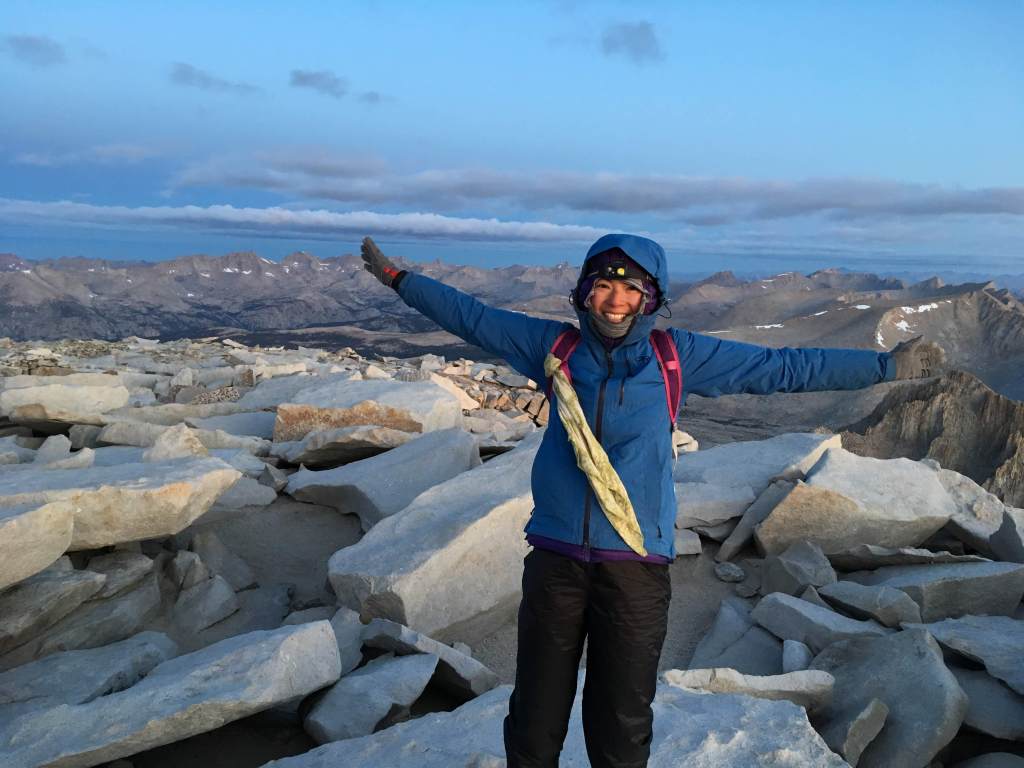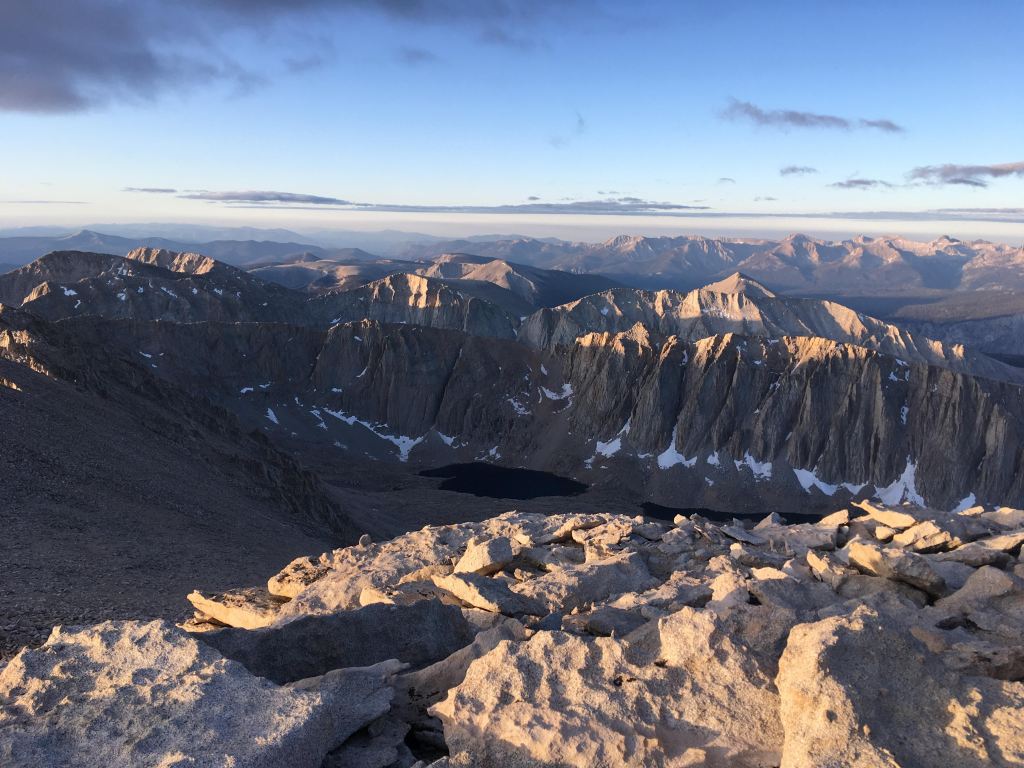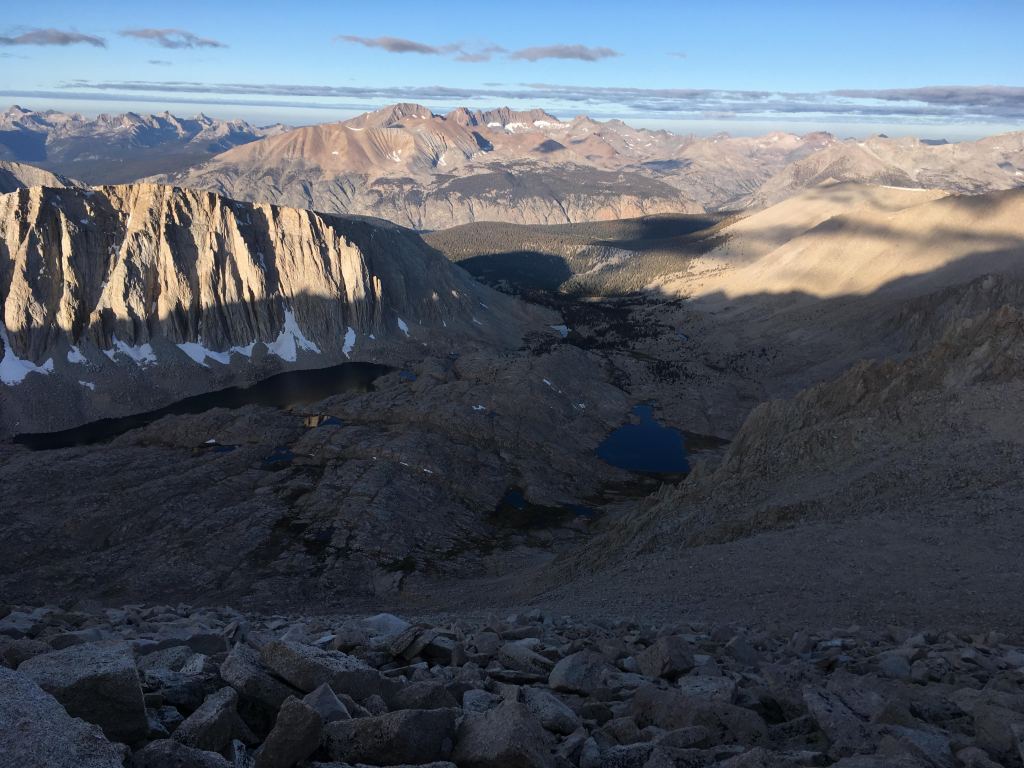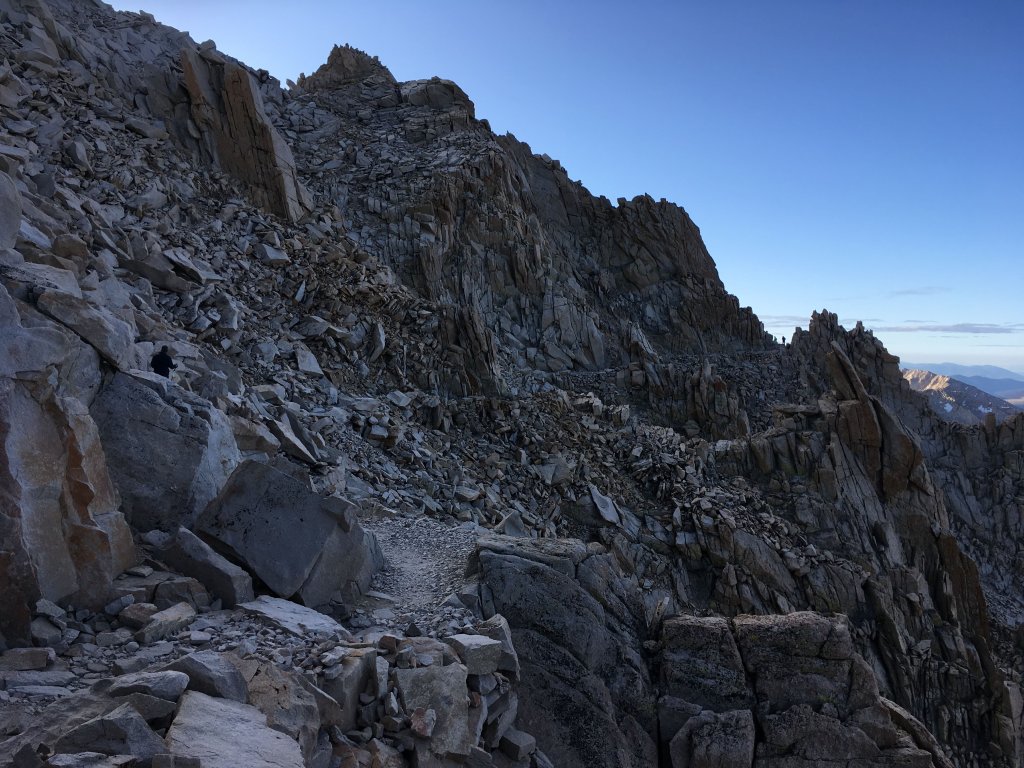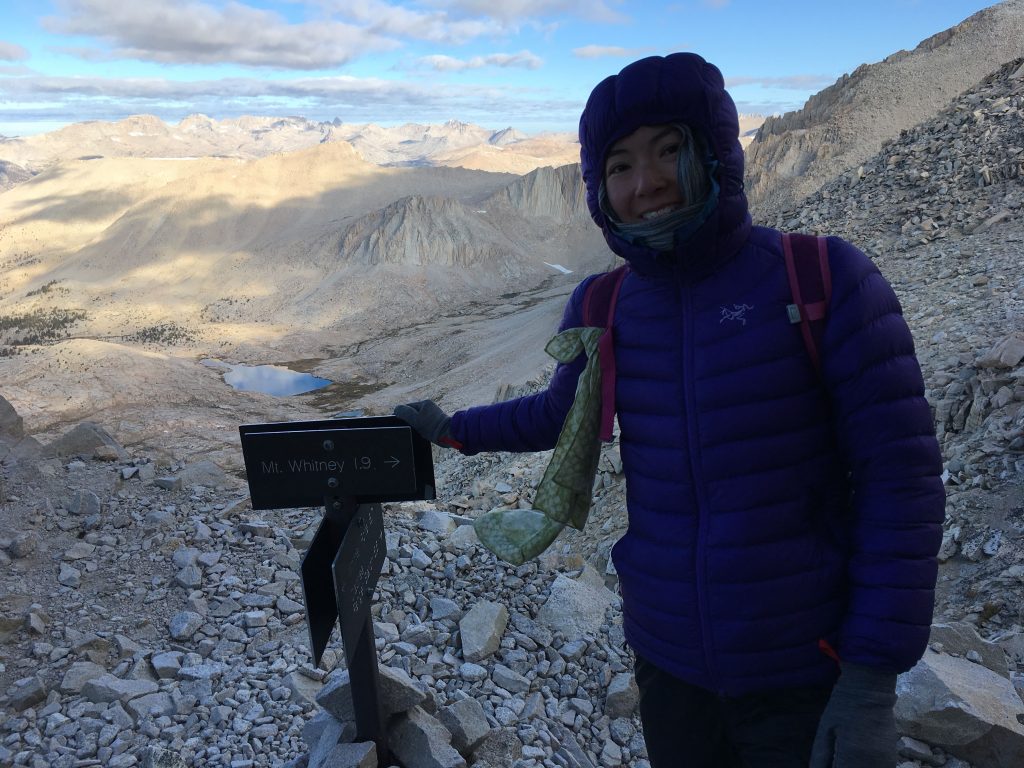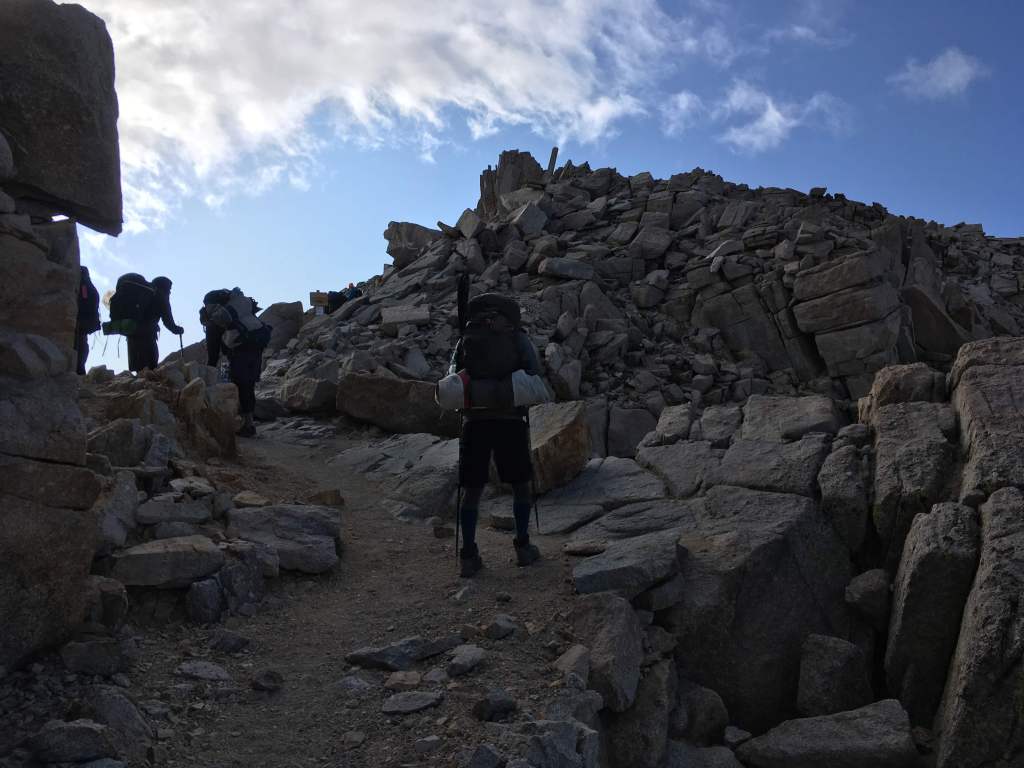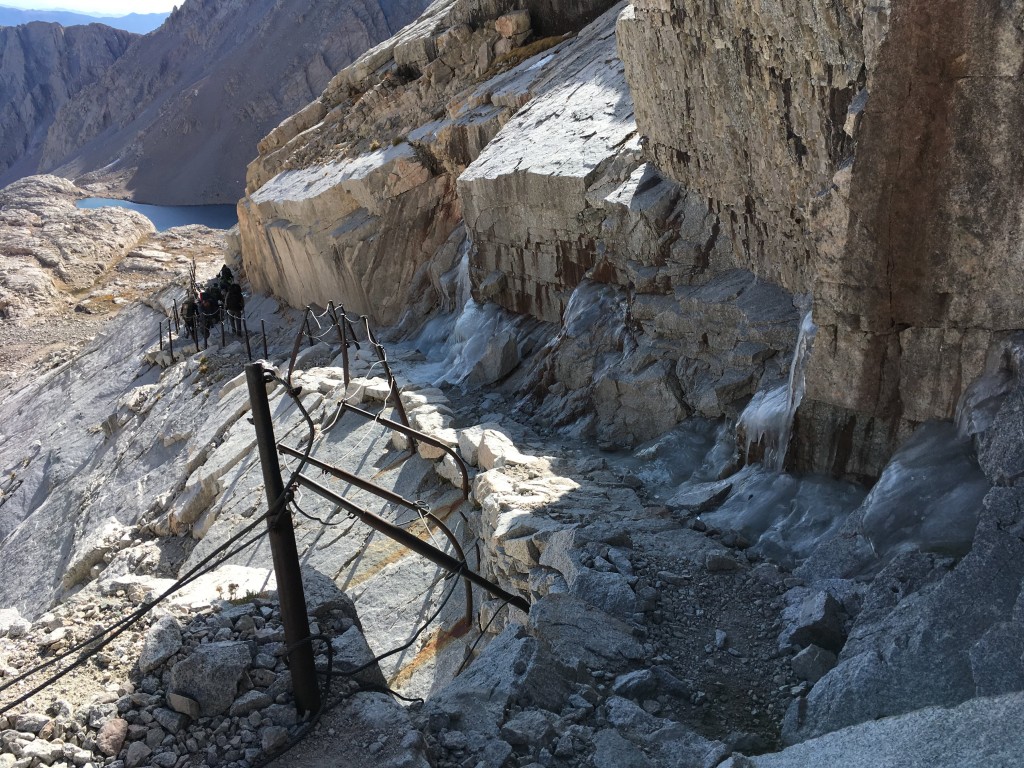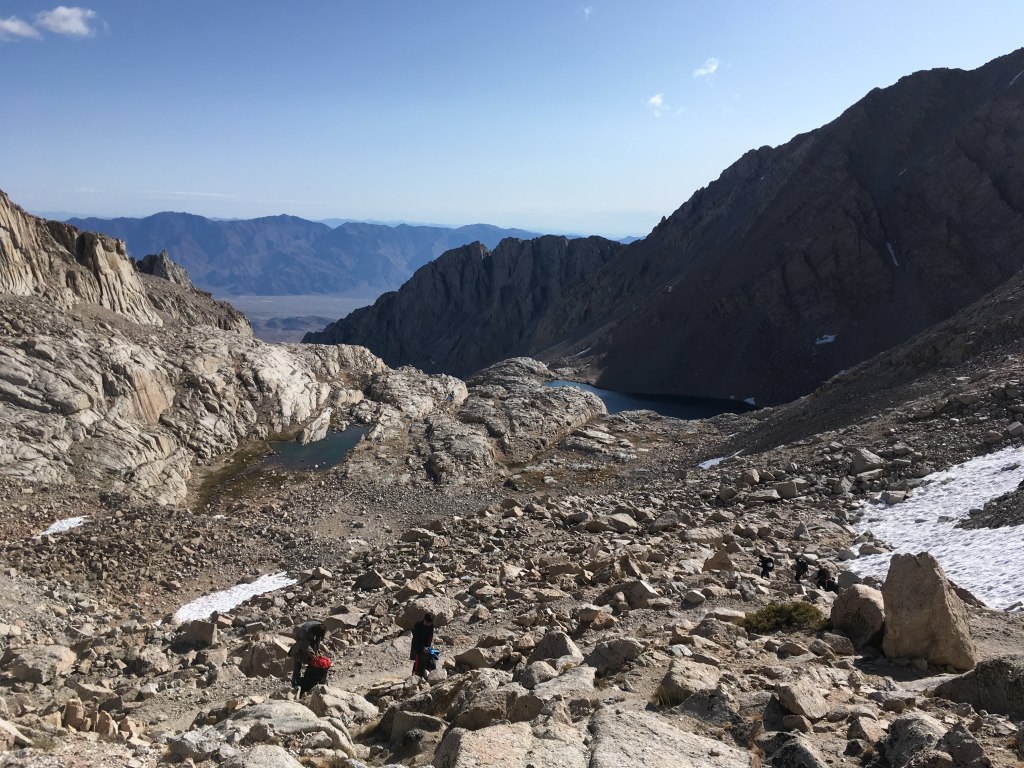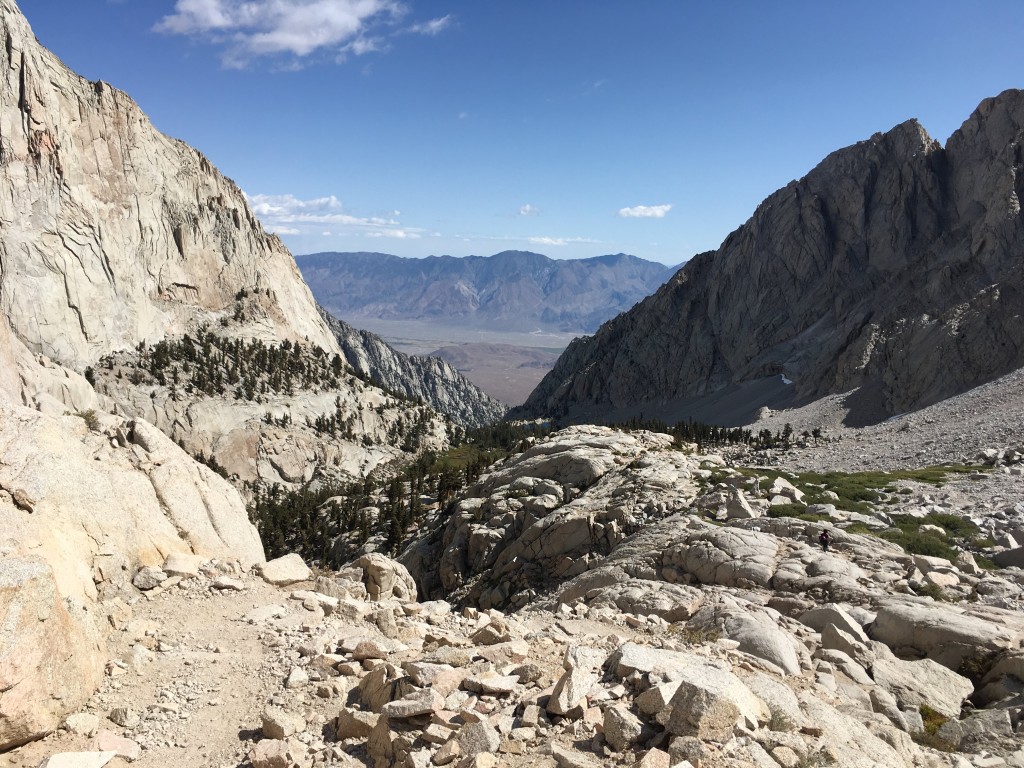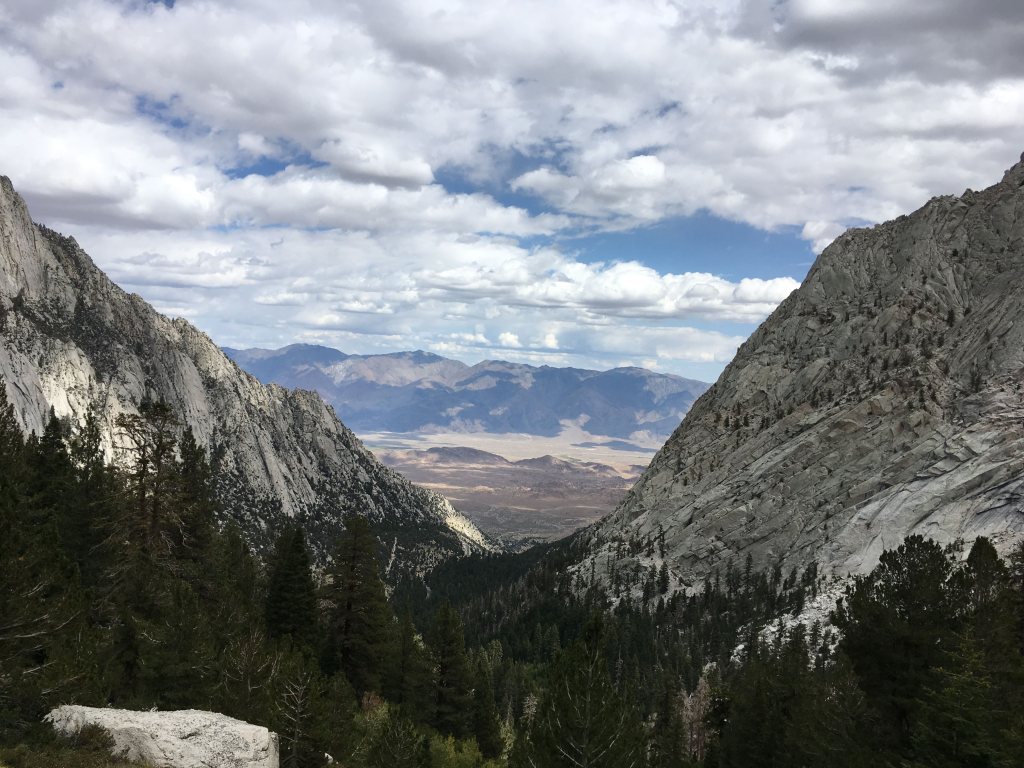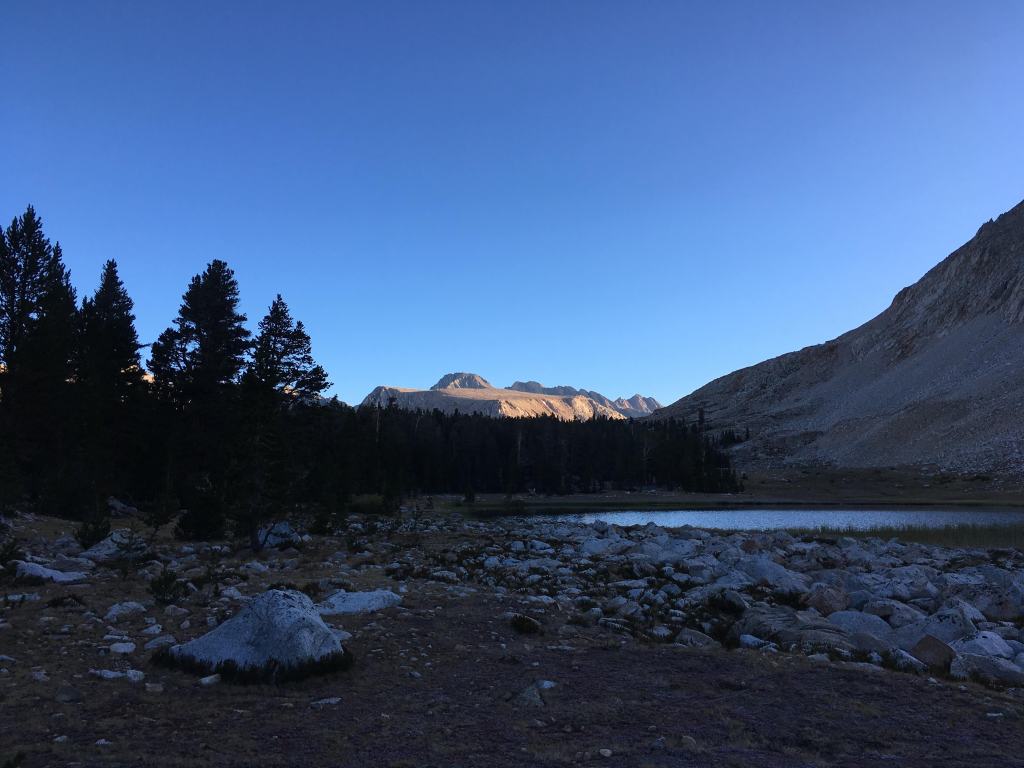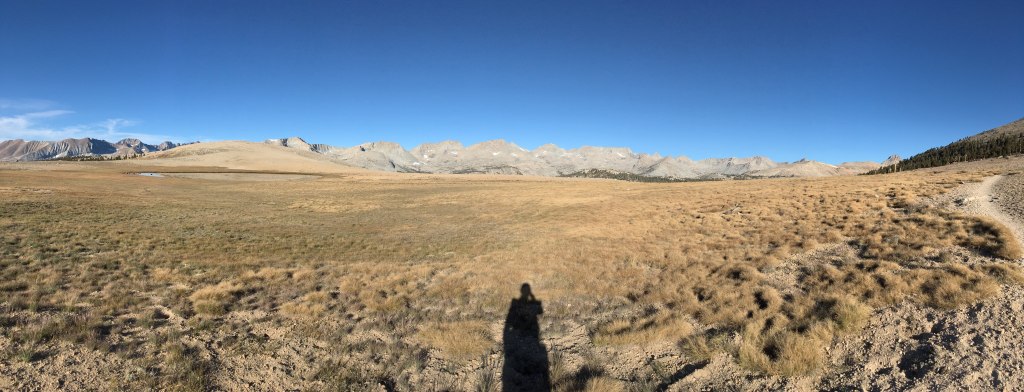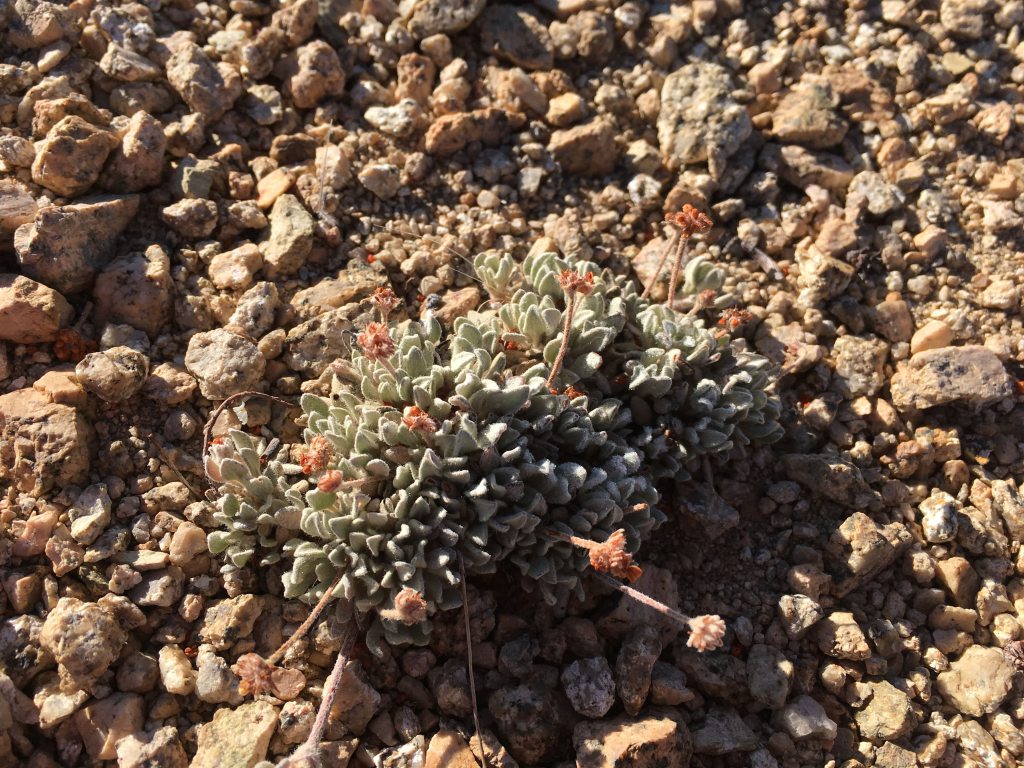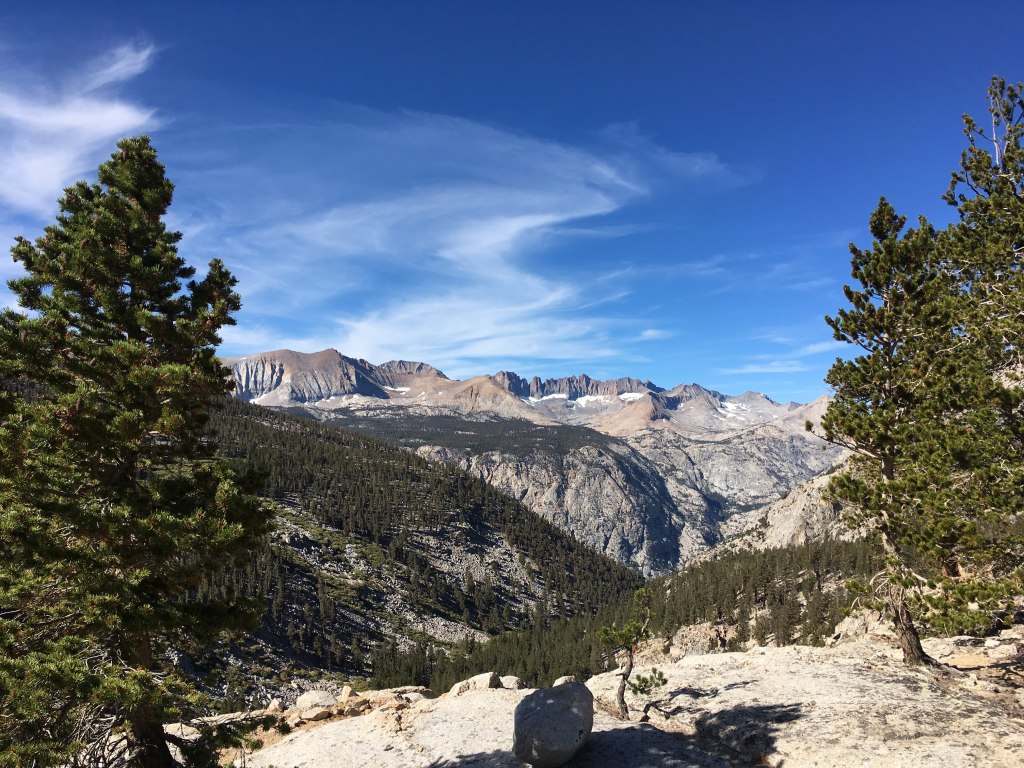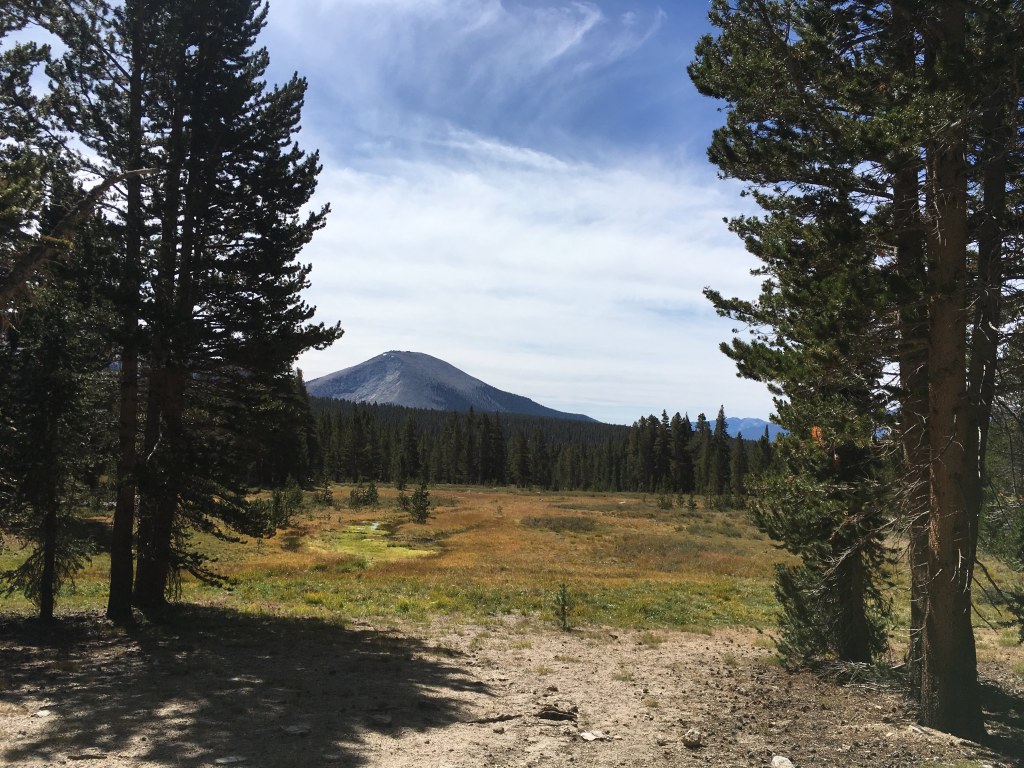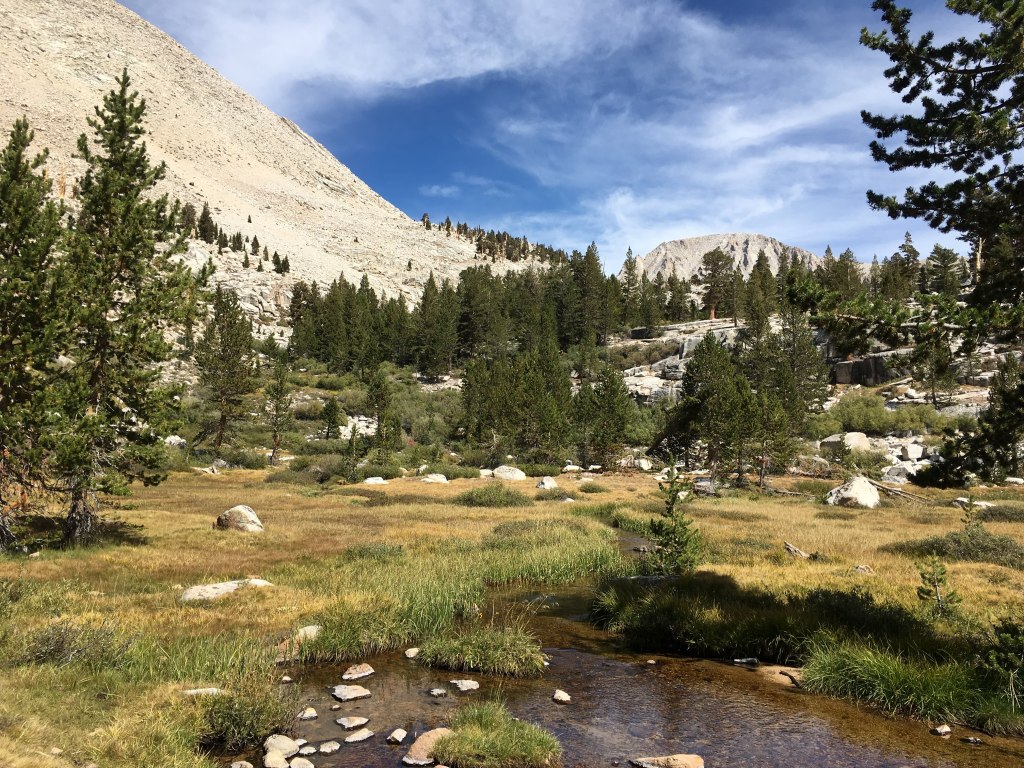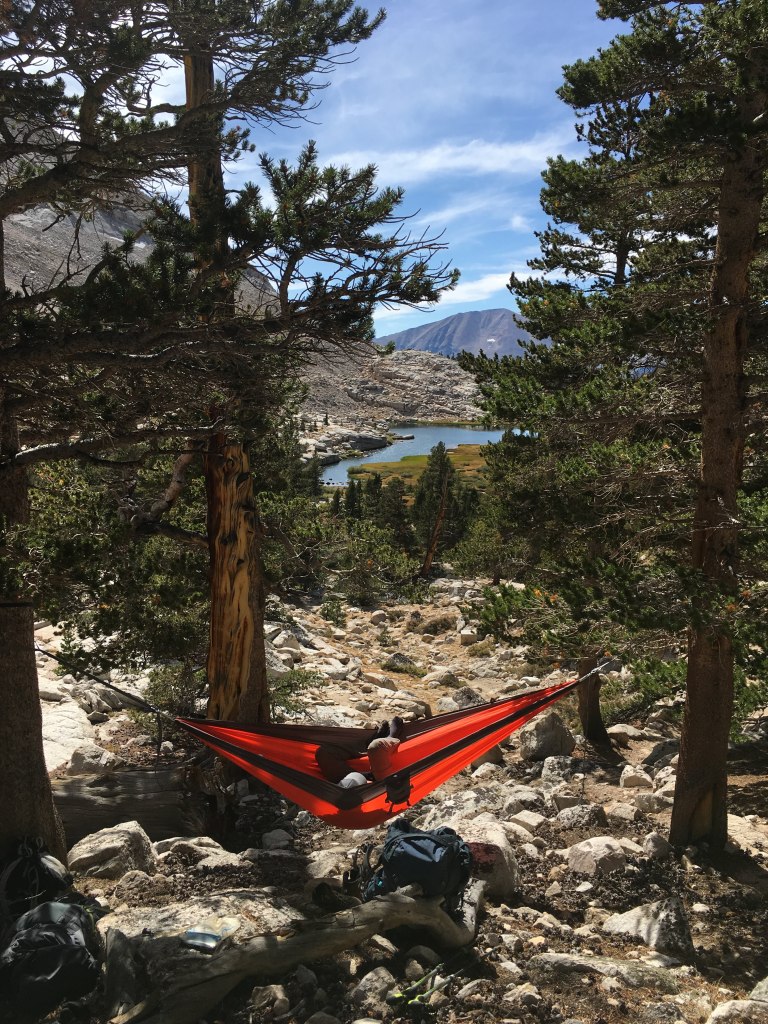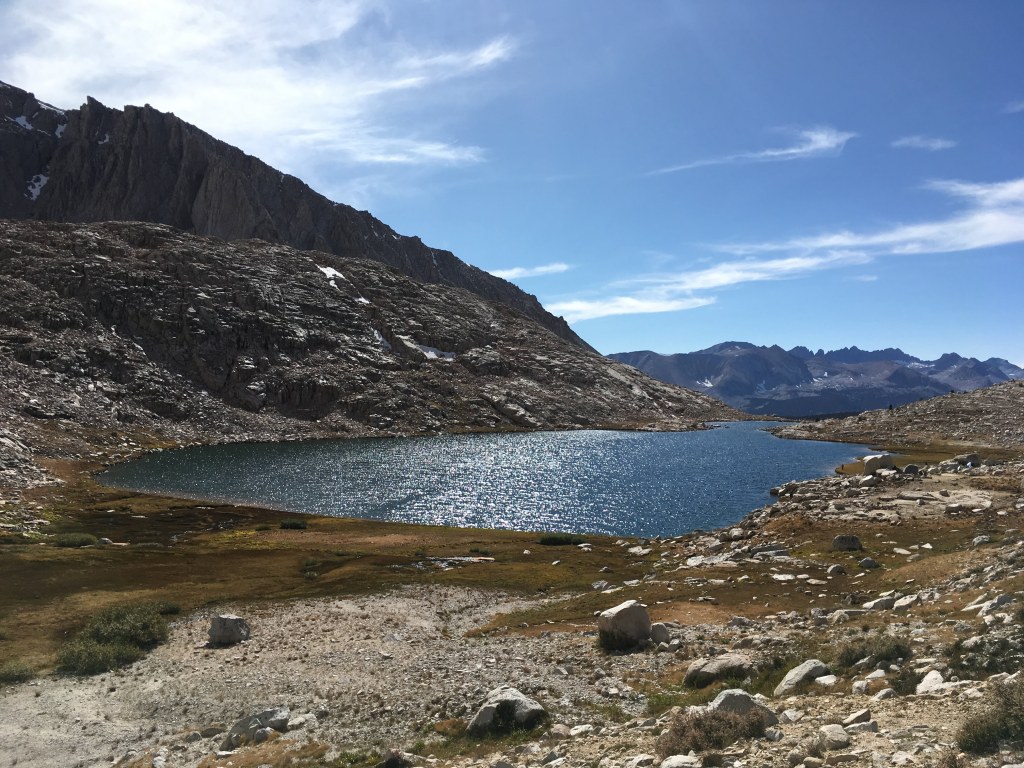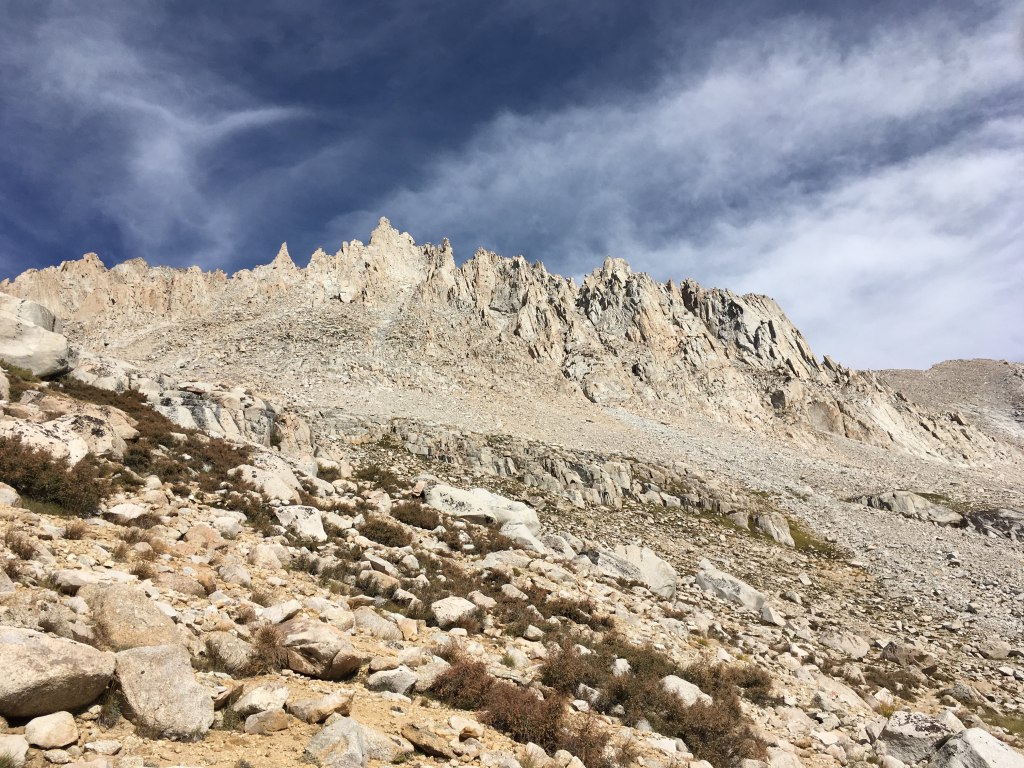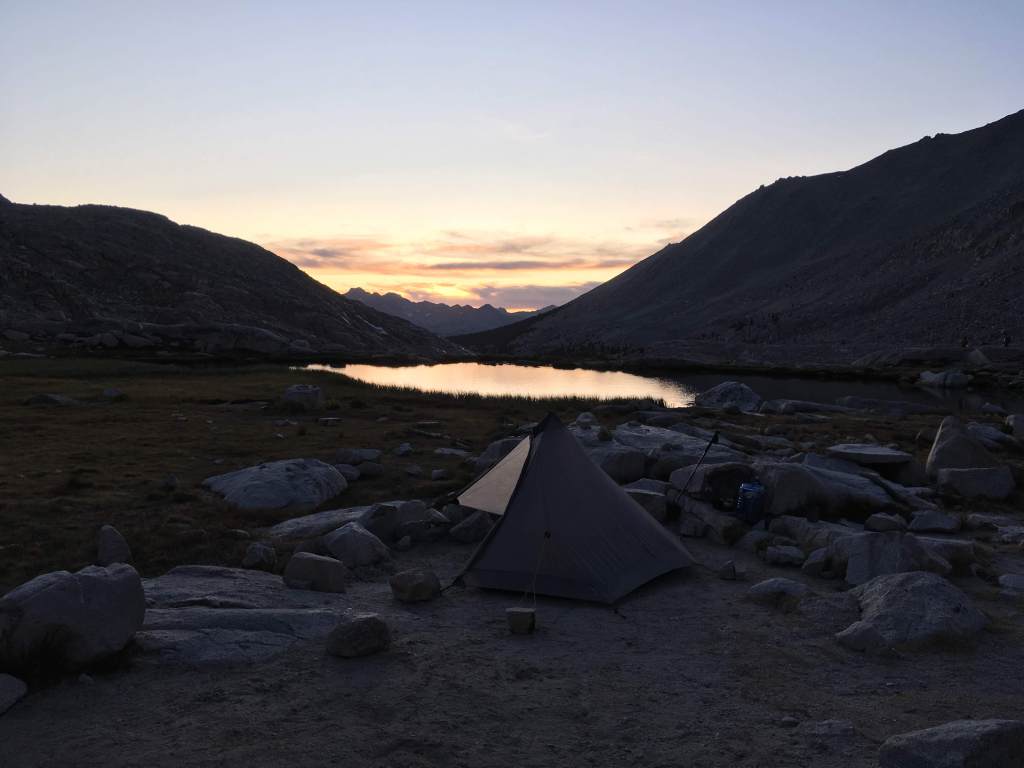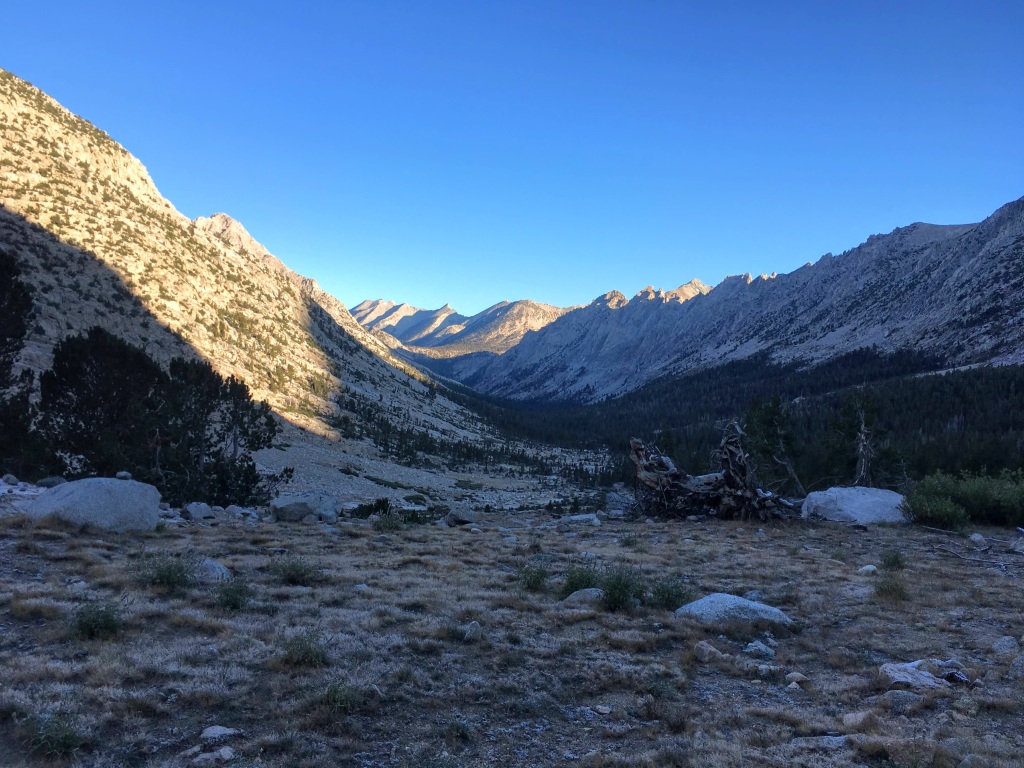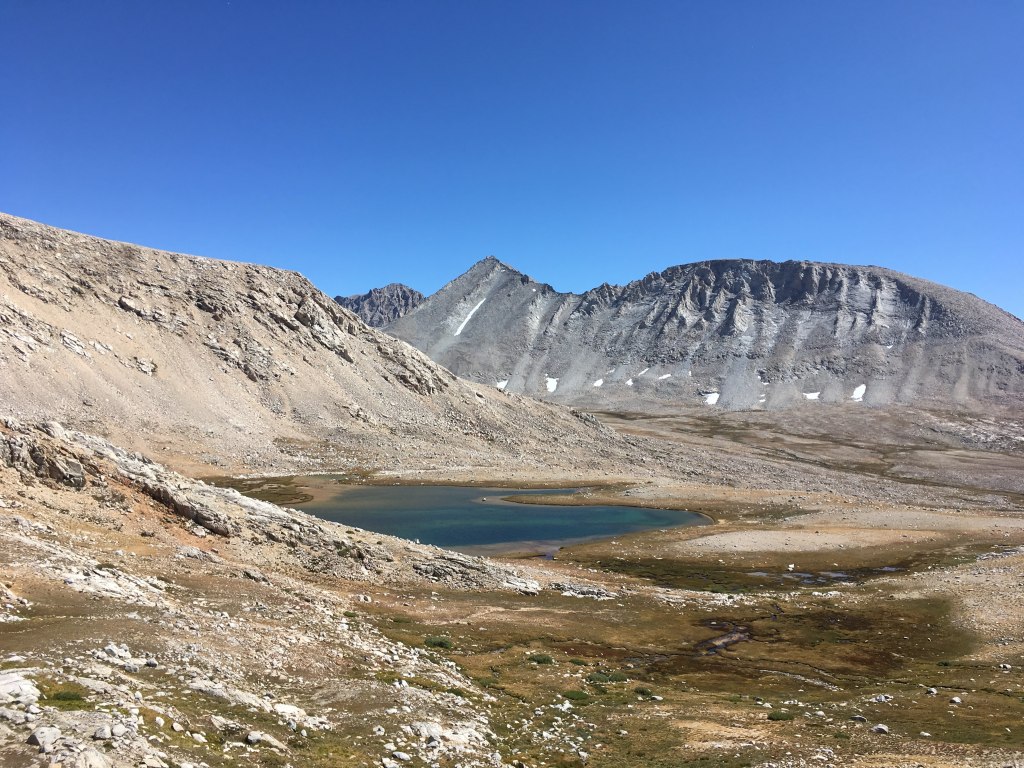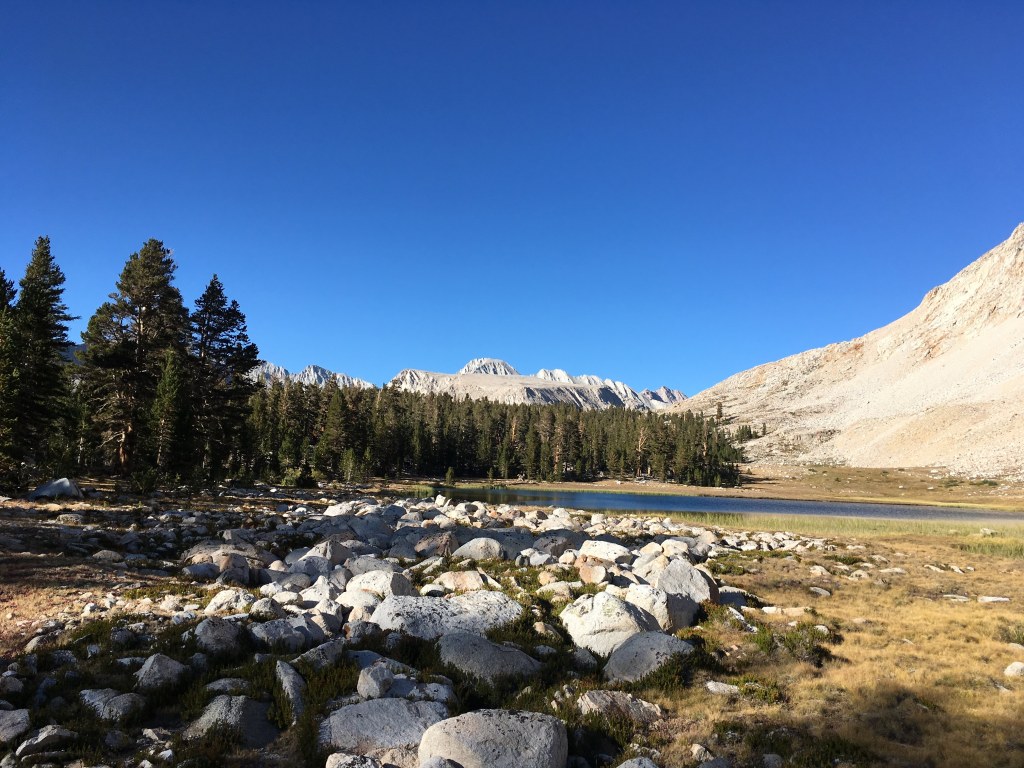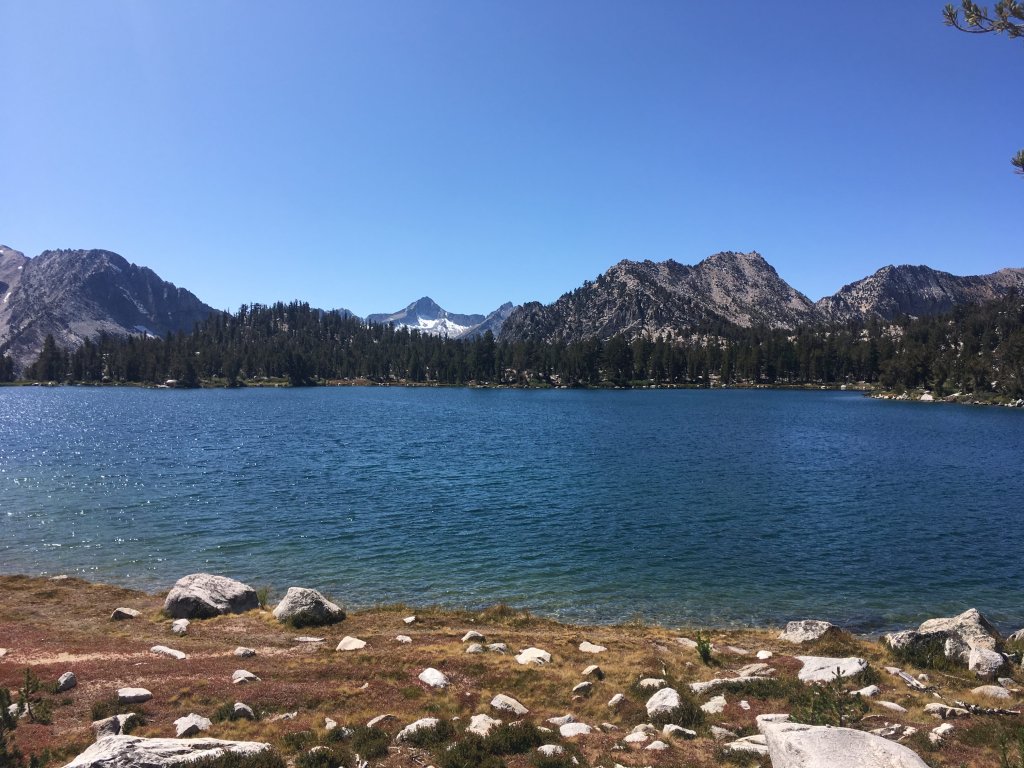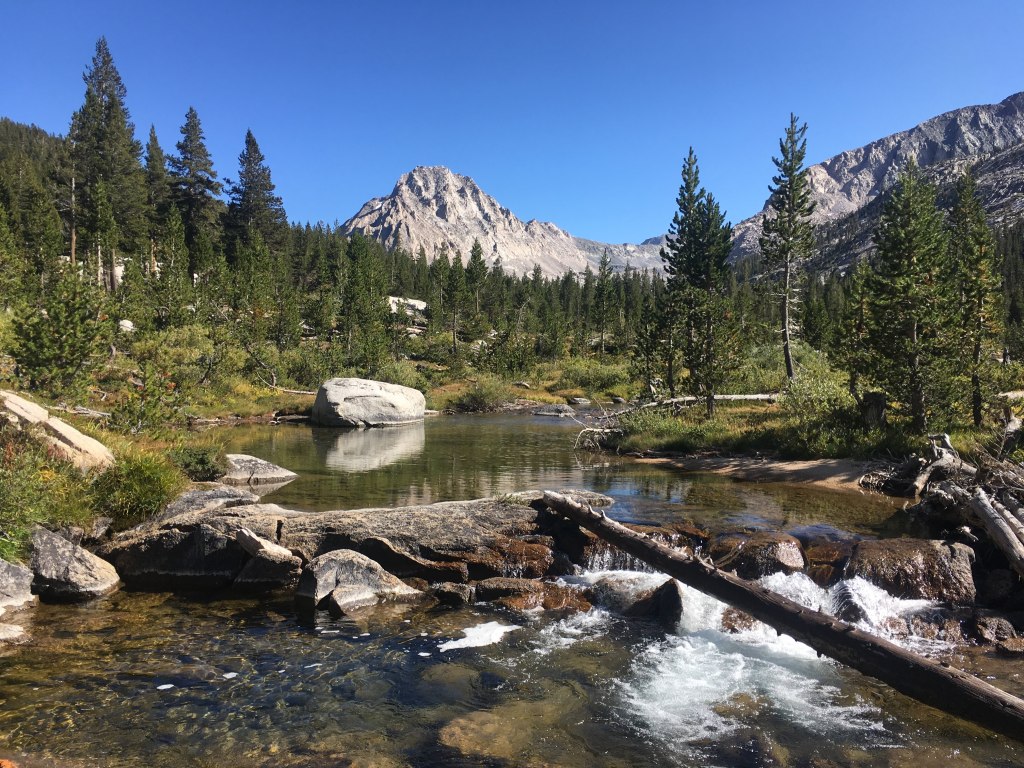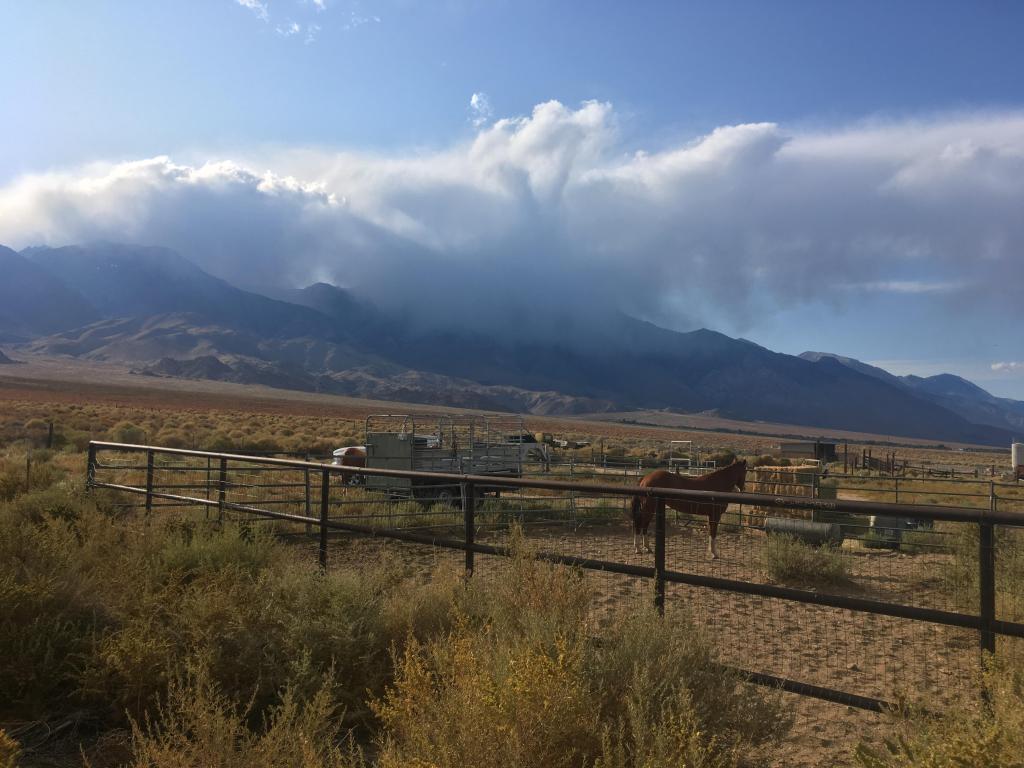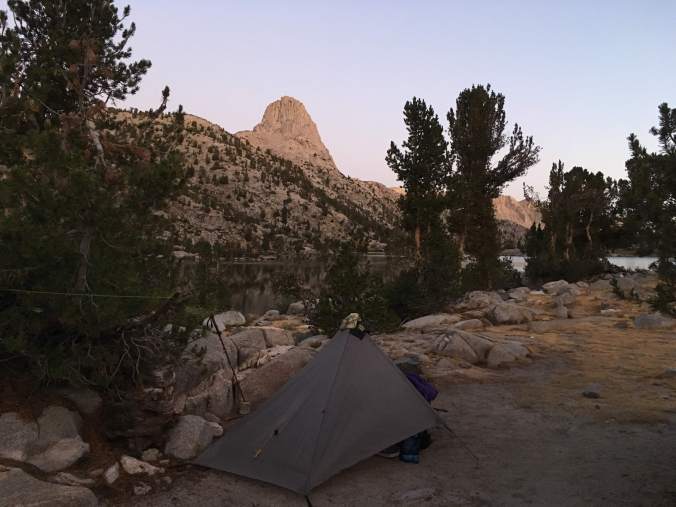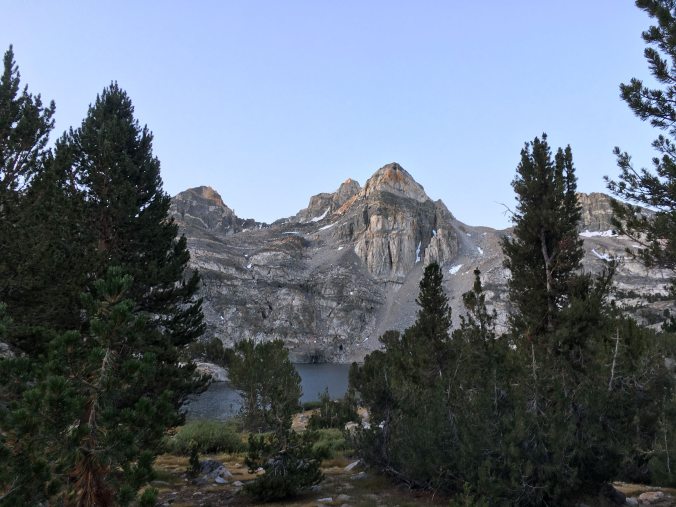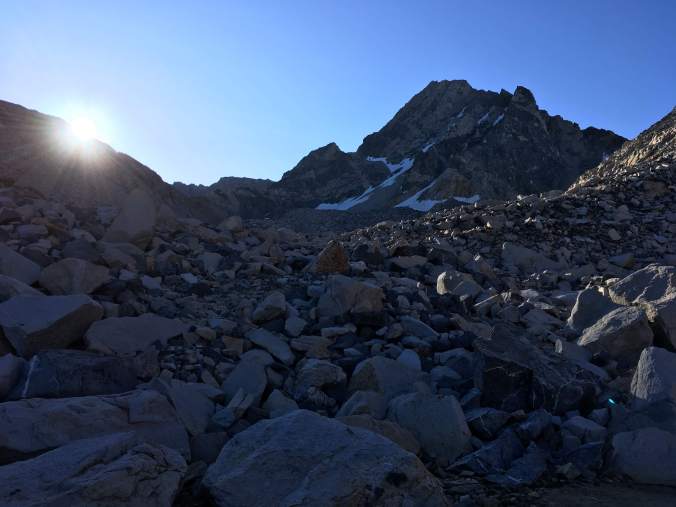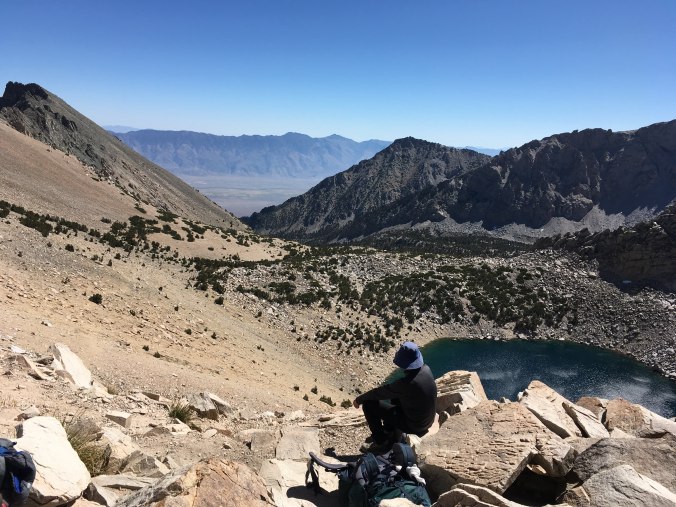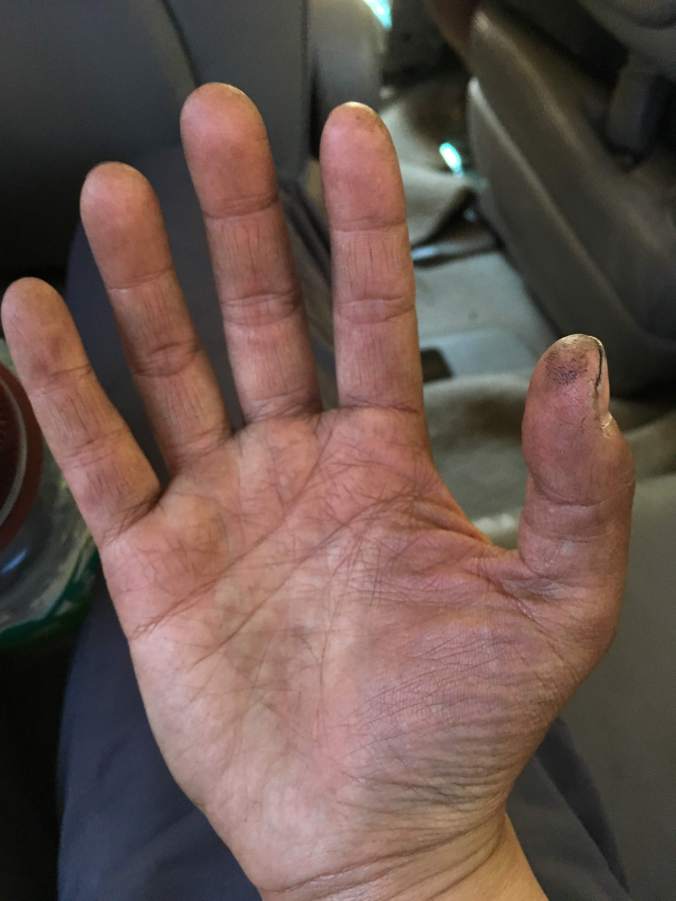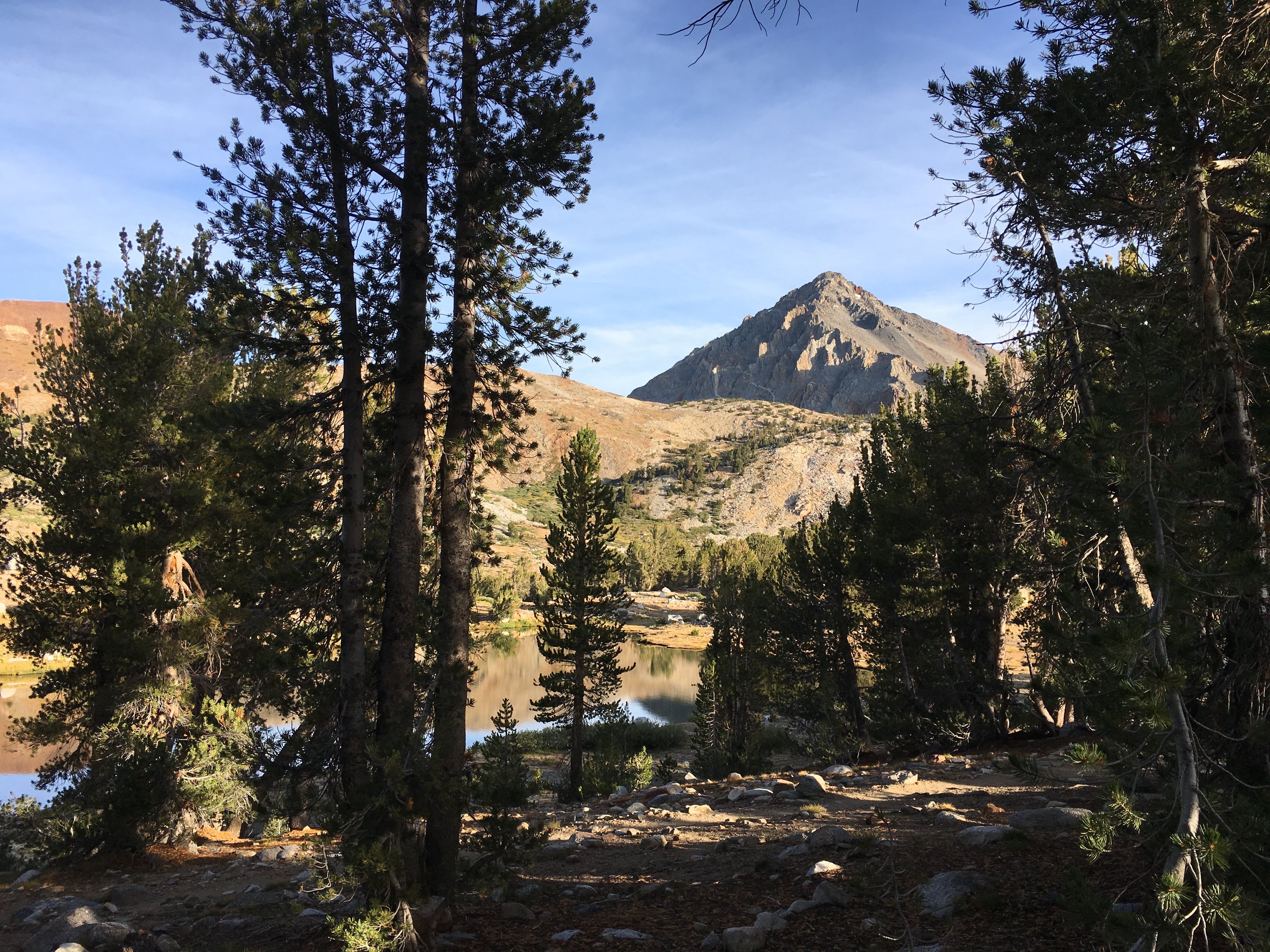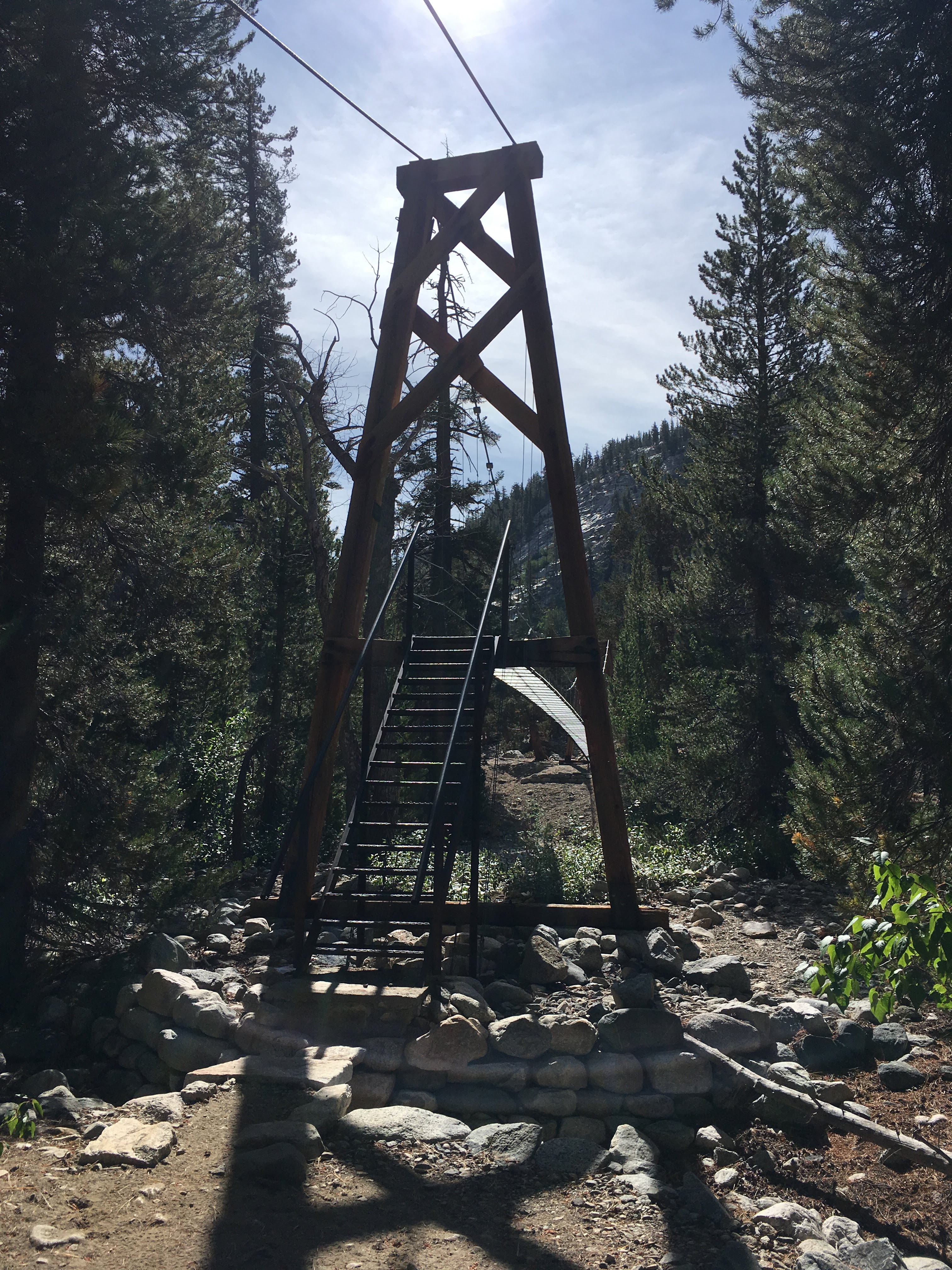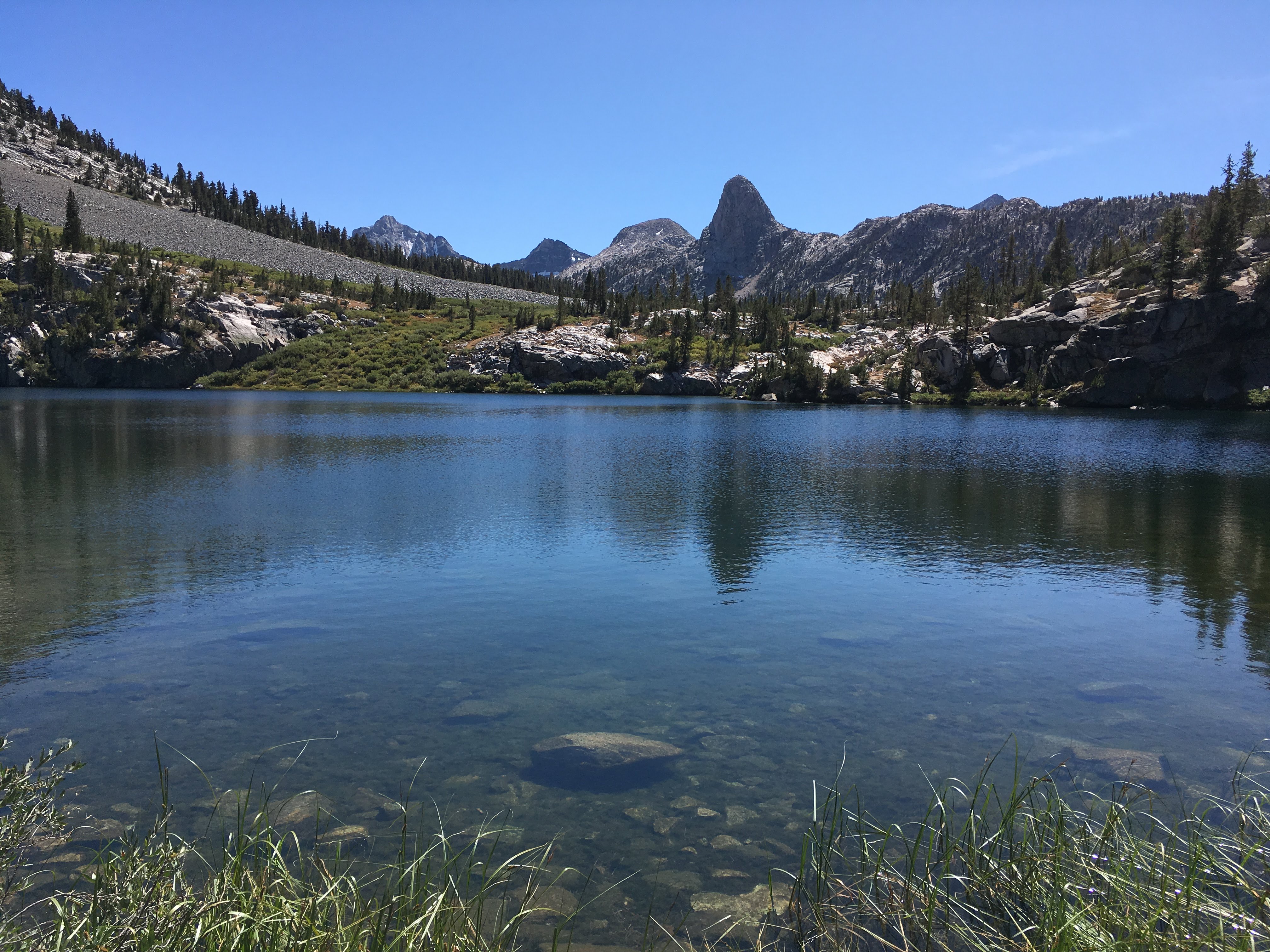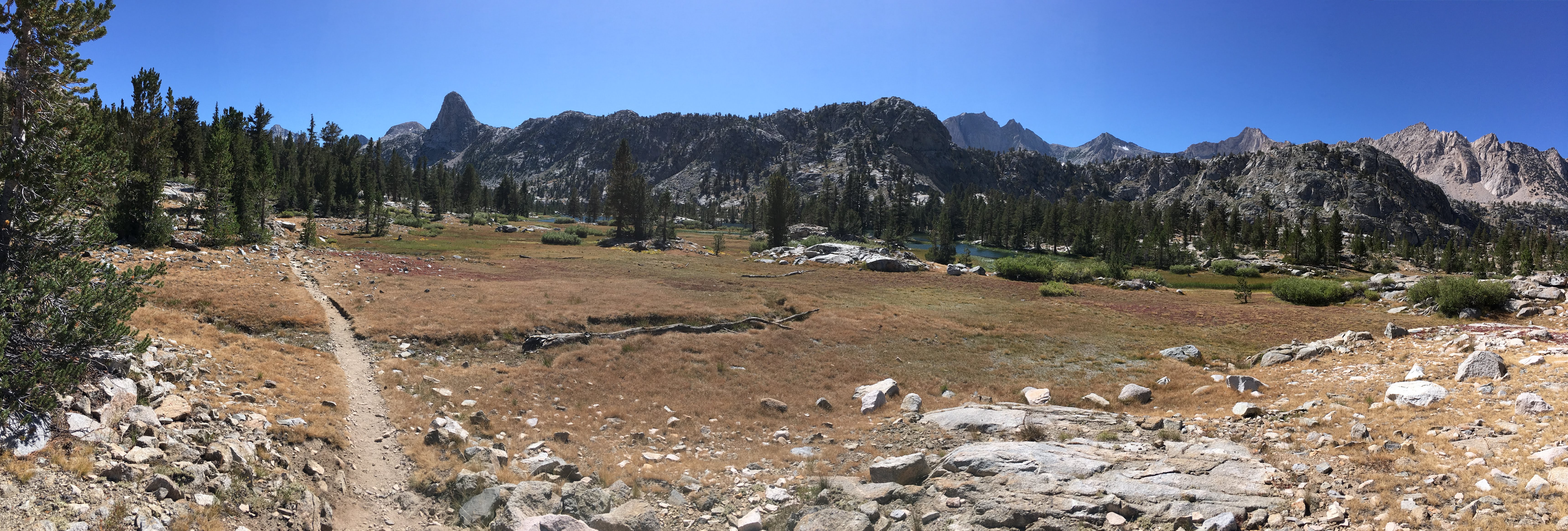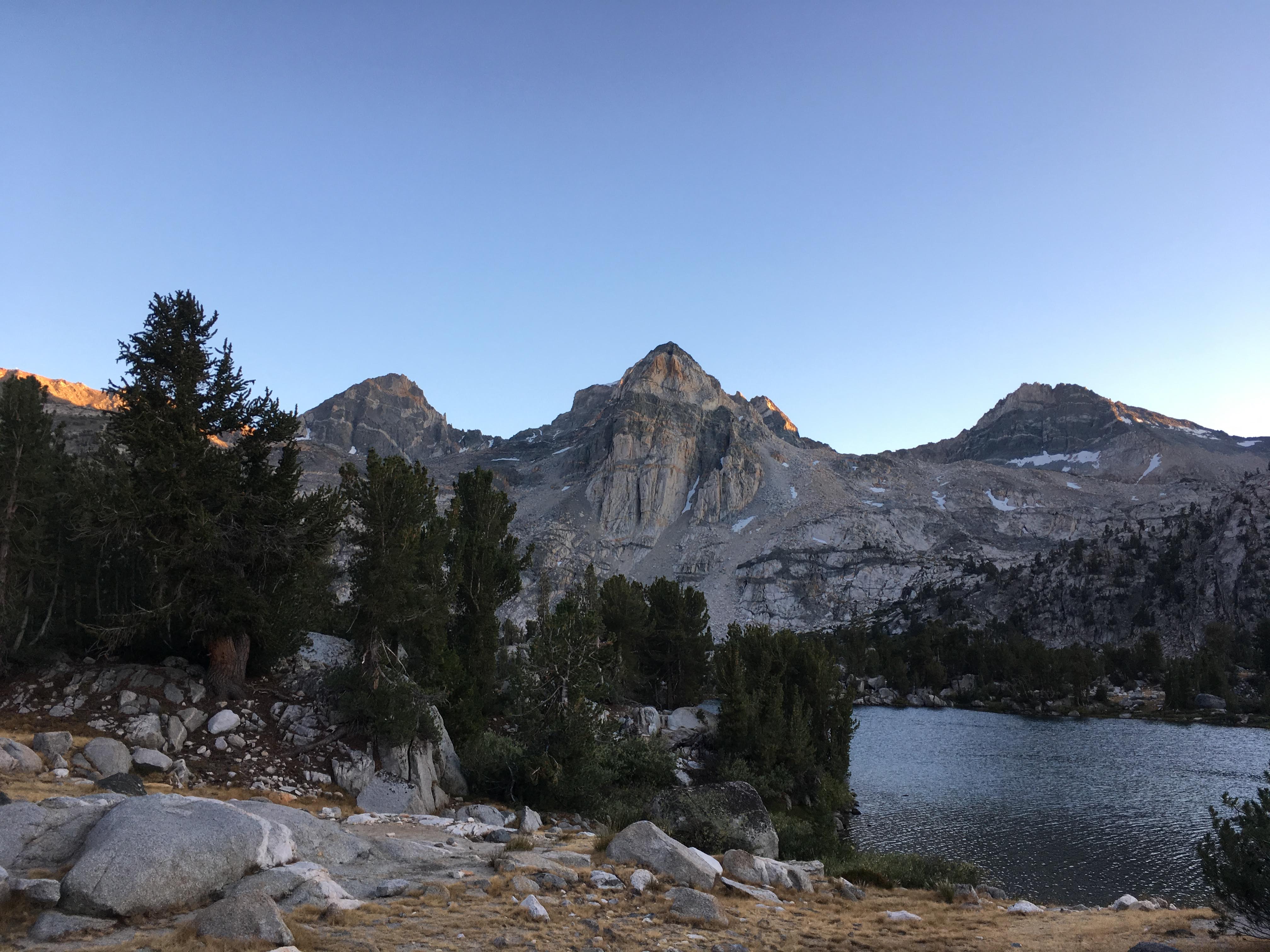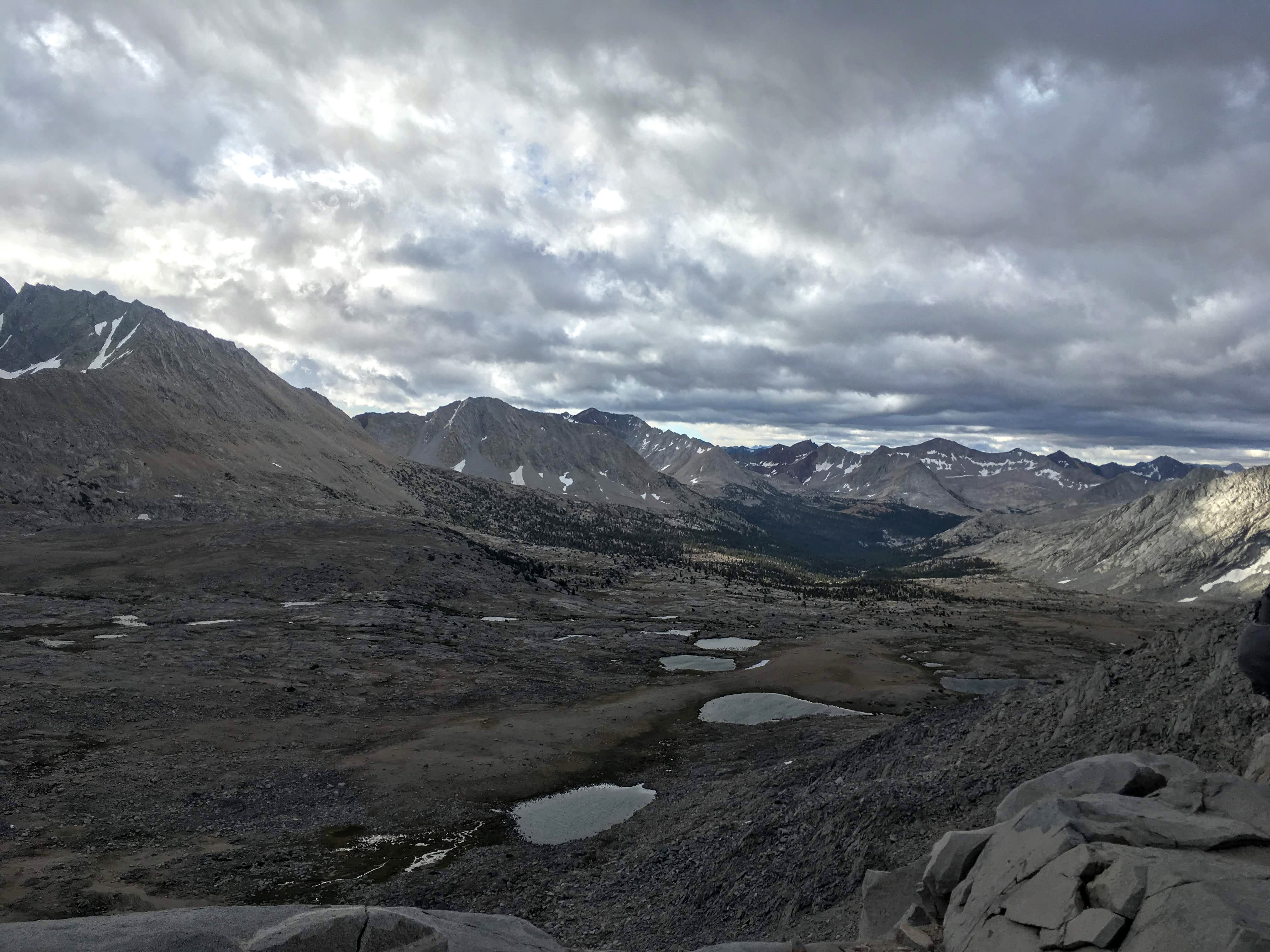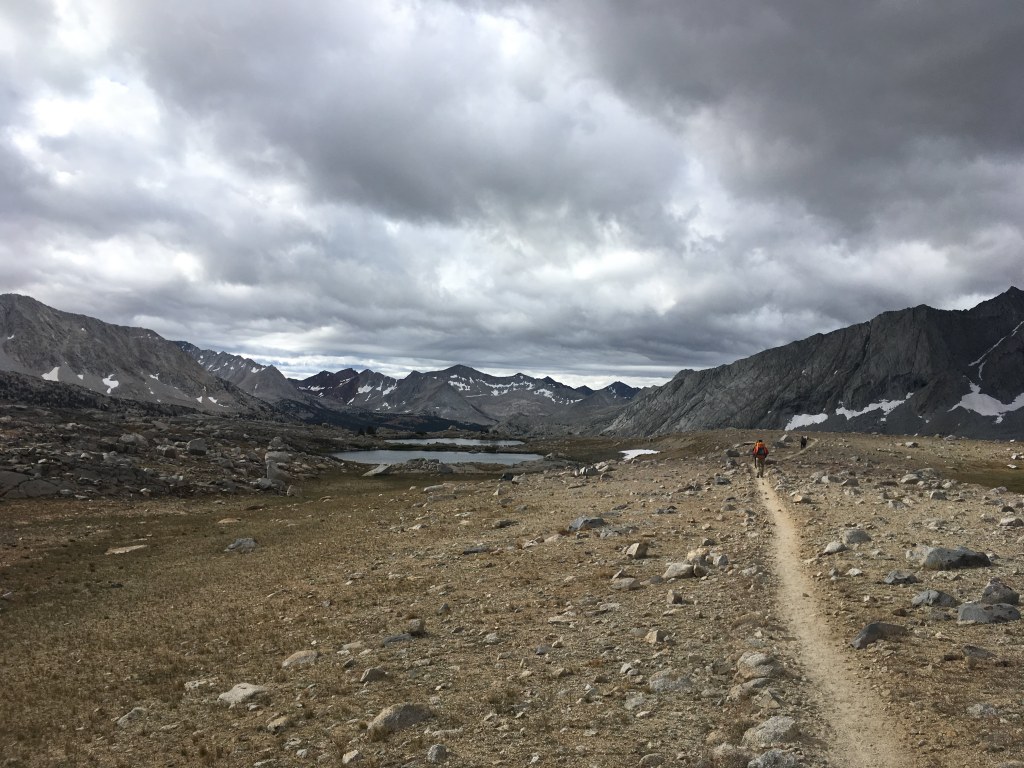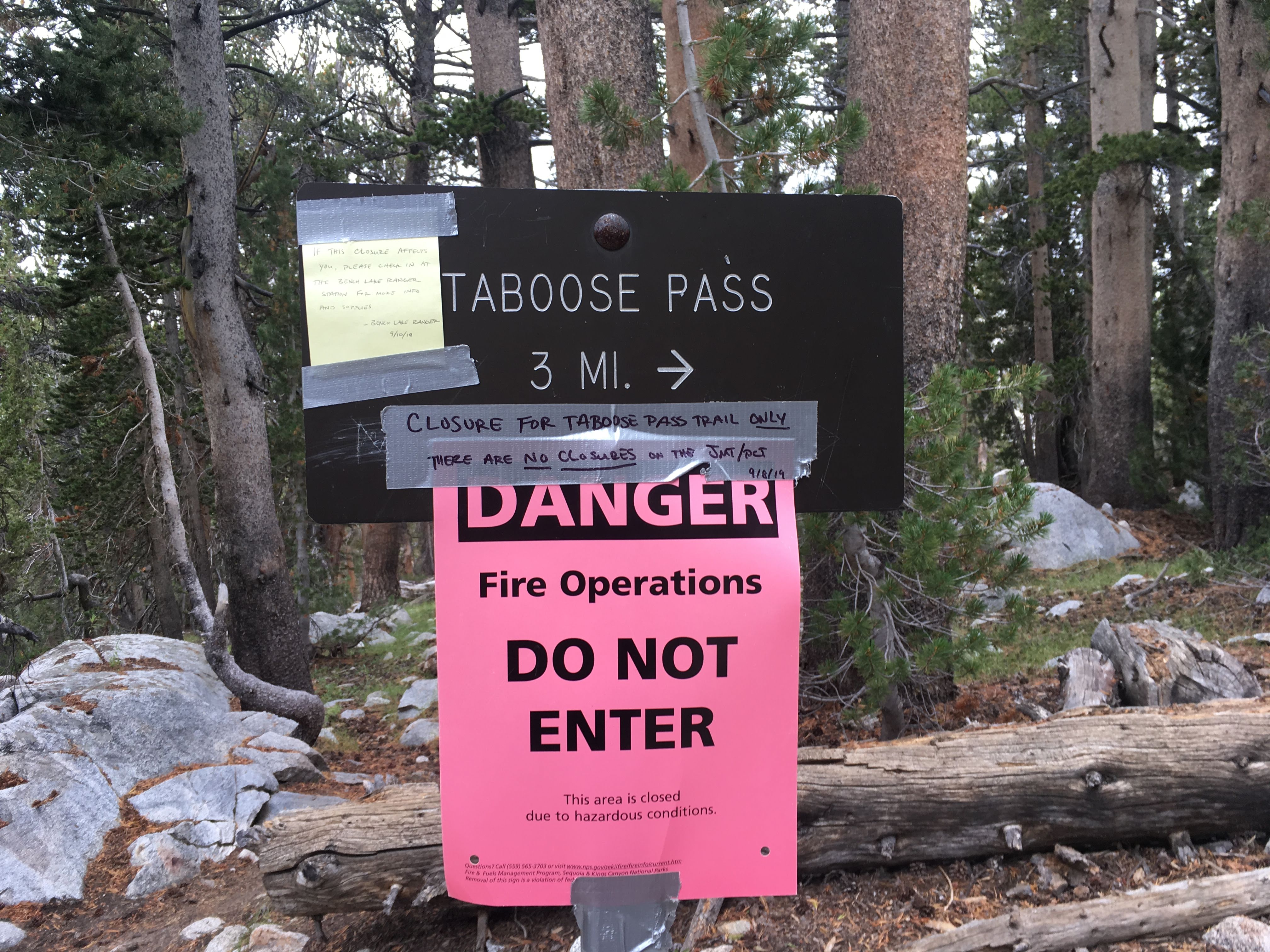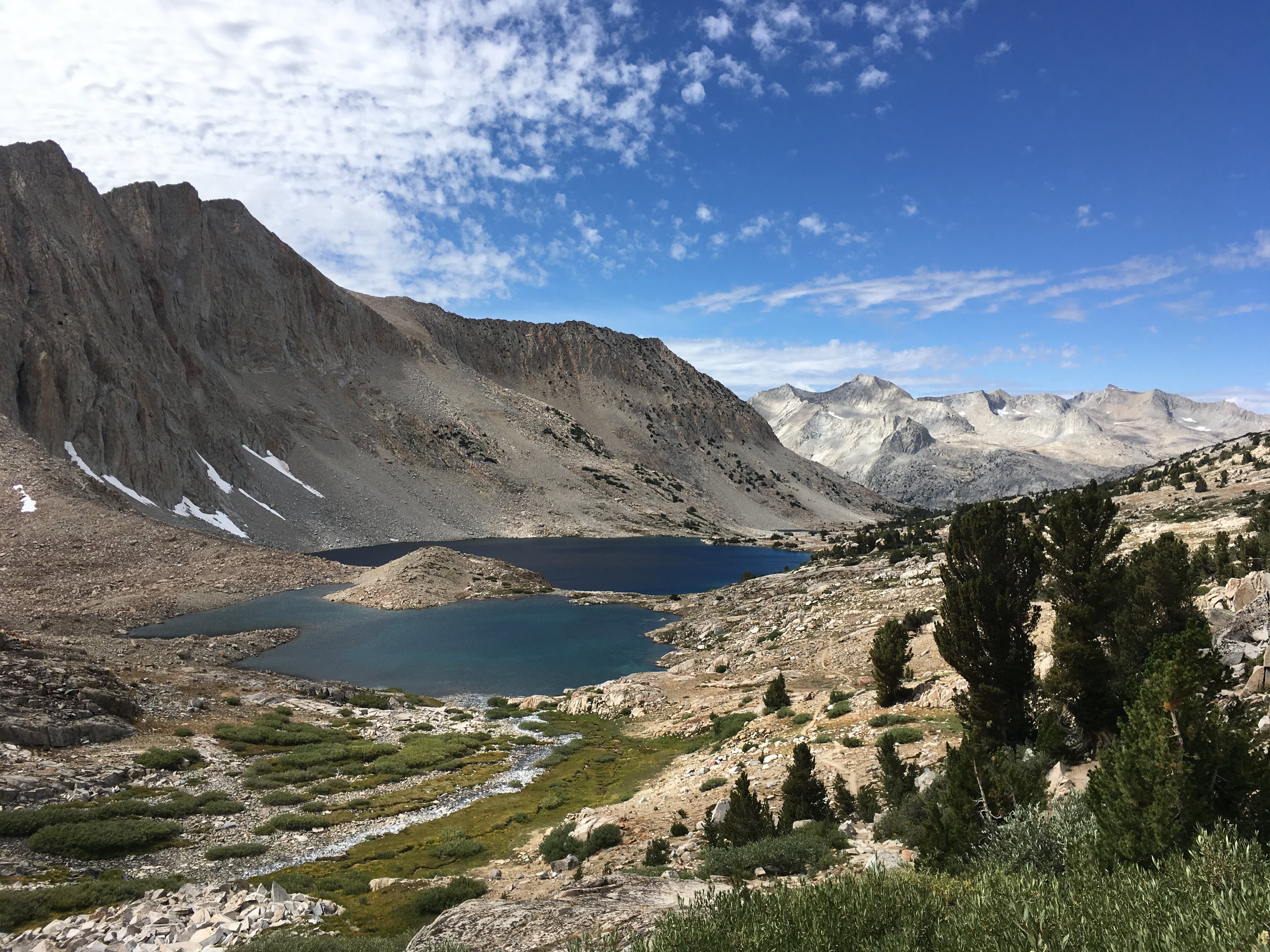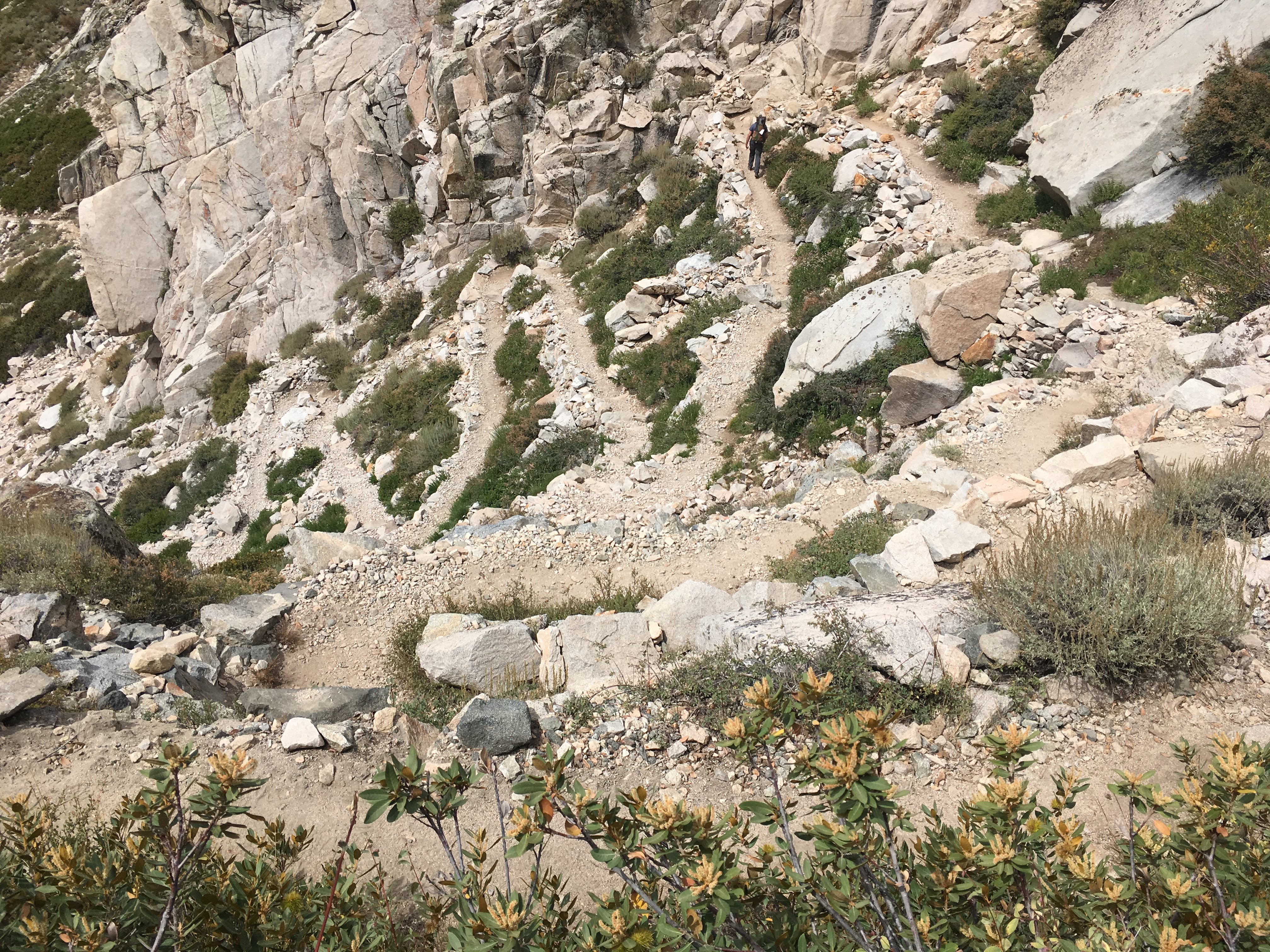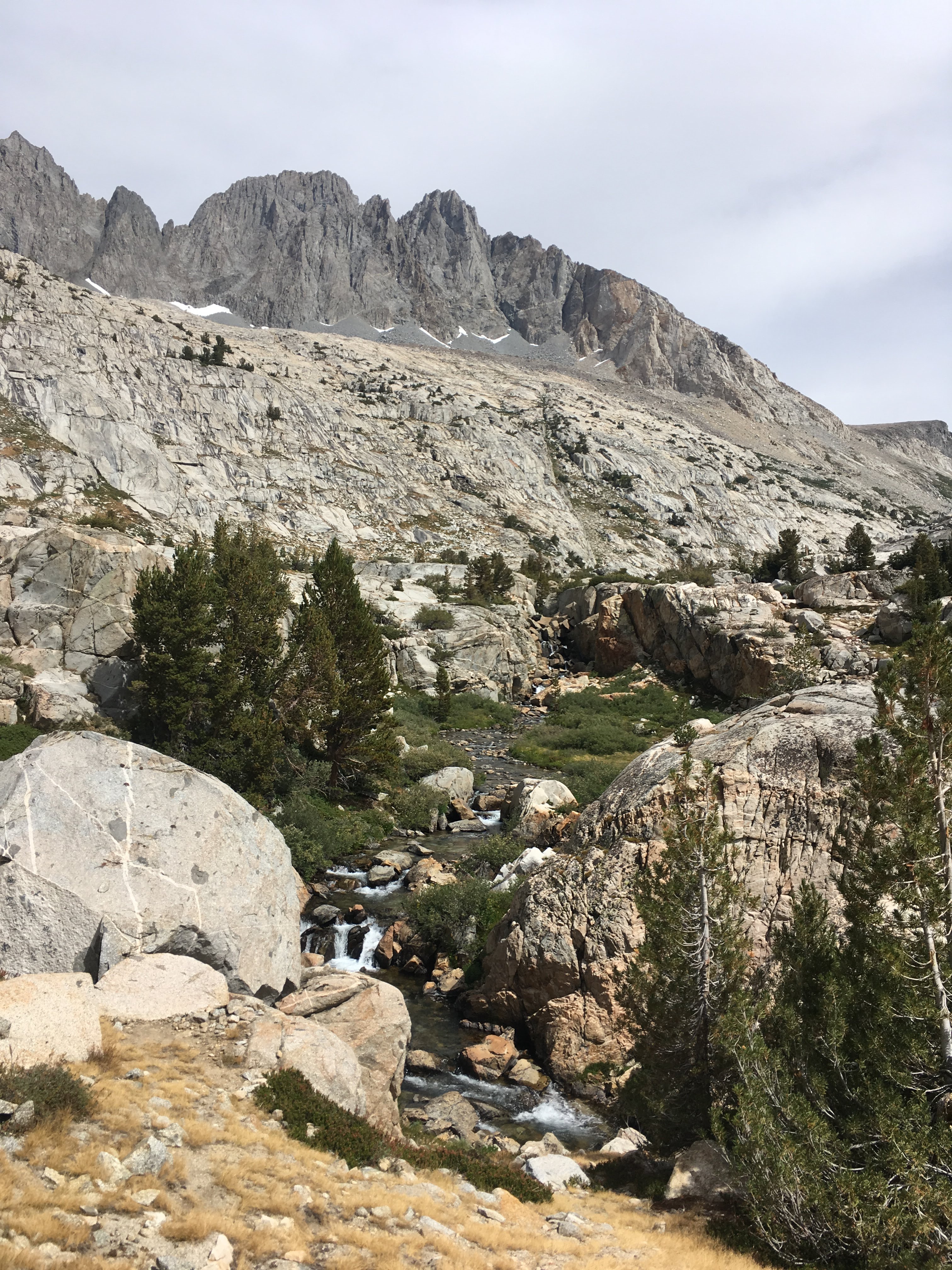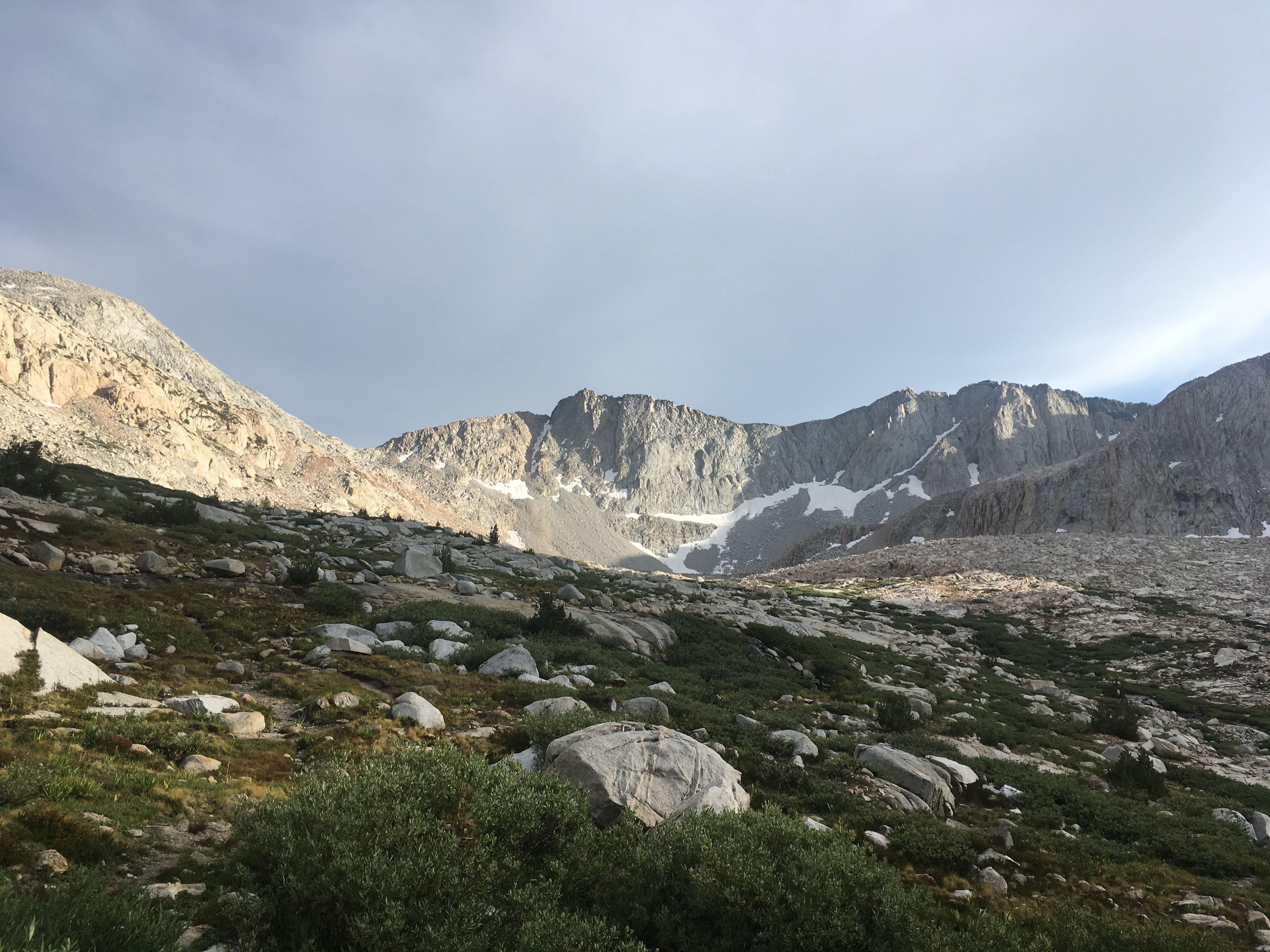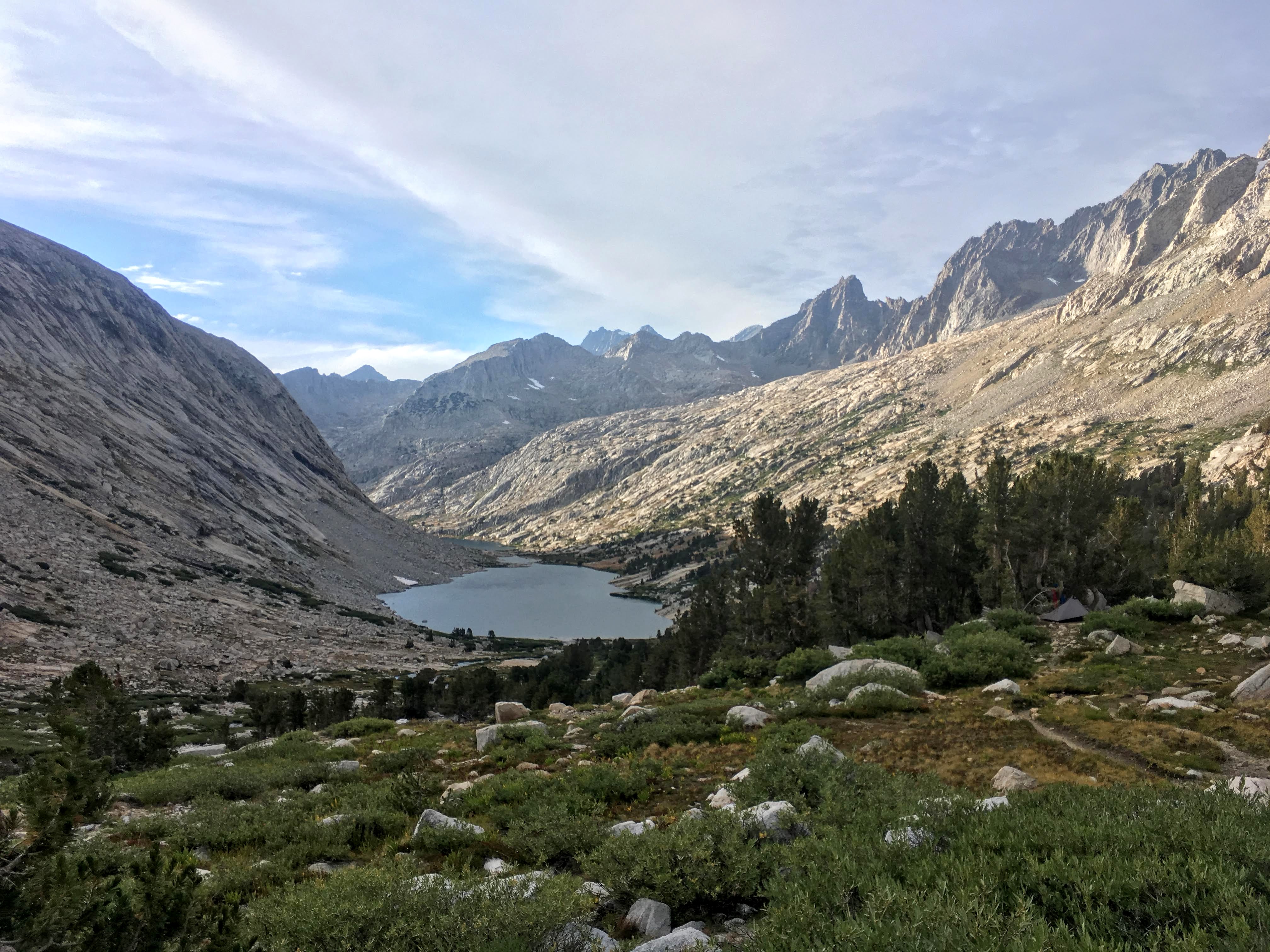I am responding to the recent Atlanta-area Asian massage spas shooting in which 8 people were killed, including 6 Asian women. The reluctance of Cherokee County sheriff’s Capt. Jay Baker and other authorities to acknowledge that the crime was racially-motivated indicates a basic misunderstanding about racism that a lot of people still have.
It is ridiculous for the police to just parrot back the shooter’s claim that the killings were not racially motivated, he was just motivated by a sex addiction. I know that the criminal justice system is concerned with mens rea (the state of mind legally to required to convict someone of a crime), but whether Robert Aaron Long realizes that his perceived entitlement to Asian women’s sexuality is racist is irrelevant. The fetishization and sexualization of Asian women is a disgusting legacy of the Pacific War, the Vietnam War, the Korean War and going back even further to the Opium Wars and America’s colonization of the Philippines. It is a product of Western colonialism and white supremacy. It is the product of violent history and gross inequality of power. The fetishization and sexualization of Asian women is racist. Full stop.
All Asian women live with this racism. We all joke about avoiding men with Asian fetishes. We cringe when Lucy Liu’s character in Drew Barrymore’s supposedly feminist forward Charlie’s Angels riffs off the classic Hollywood Asian sex worker trope. I love and collect kimono but am very reluctant to wear them in the US due to inevitable “geisha girl” comments. I have listened to so many stories from well-meaning older white men, who will wax nostalgic for the wonderful experiences they had somewhere in Asia, off-duty during one of the aforementioned wars, led by some wonderful young woman… usually, a paid escort. (I don’t mean to say that any of these individuals is “a racist” or a bad person, but it is troubling that that is their point of context for engaging with me.) I am realizing that throughout my life I have subconsciously avoided looking “sexy” to avoid these associations.
When I call something racist, I mean to call attention to historical, institutional, systemic bias. I don’t use “racist” as an insult. My point is not to make any individual feel bad, or to change anyone’s mind, but to call something what it is. The racism I care about addressing or changing is systemic racism. There was something in our American media and culture Long was absorbing that led him to dehumanize Asian women. I actually really don’t care if Long is charged with a hate crime, but refusing to acknowledge that the crime is racially-motivated means that we as a society don’t want to recognize that the dehumanization of Asian women is a problem, and that we don’t want to interrogate our history to understand the issue or change the contemporary media and culture that perpetuate the problem.
As always with horrific crimes committed by a white male, the gut response of mainstream culture in America is to chalk it up to the mental health issues of an individual, because then the dominant culture doesn’t have to reckon with anything within itself, doesn’t have to feel uncomfortable and doesn’t have to change. (Whereas if the perpetrator was black, brown or Muslim, dominant culture can blame the issues on “those people.” Remember the Virginia Tech shooter? He was immediately identified in news media as a foreign-born and South Korean, even though he’d grown up in Virginia and his family lived in Virginia at the time of the mass shooting. What a prime example of the bullshit other-ing that is another form of racism against Asian-Americans.)
Racism is not a problem of individual bad people having “politically incorrect” thoughts, but with systems of power that are in place and actively harming people that will not change until we identify them (read: call them out!) and agitate to change them.


